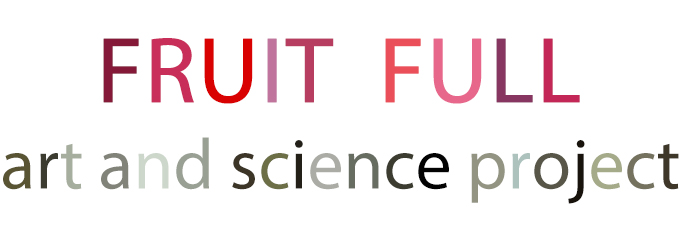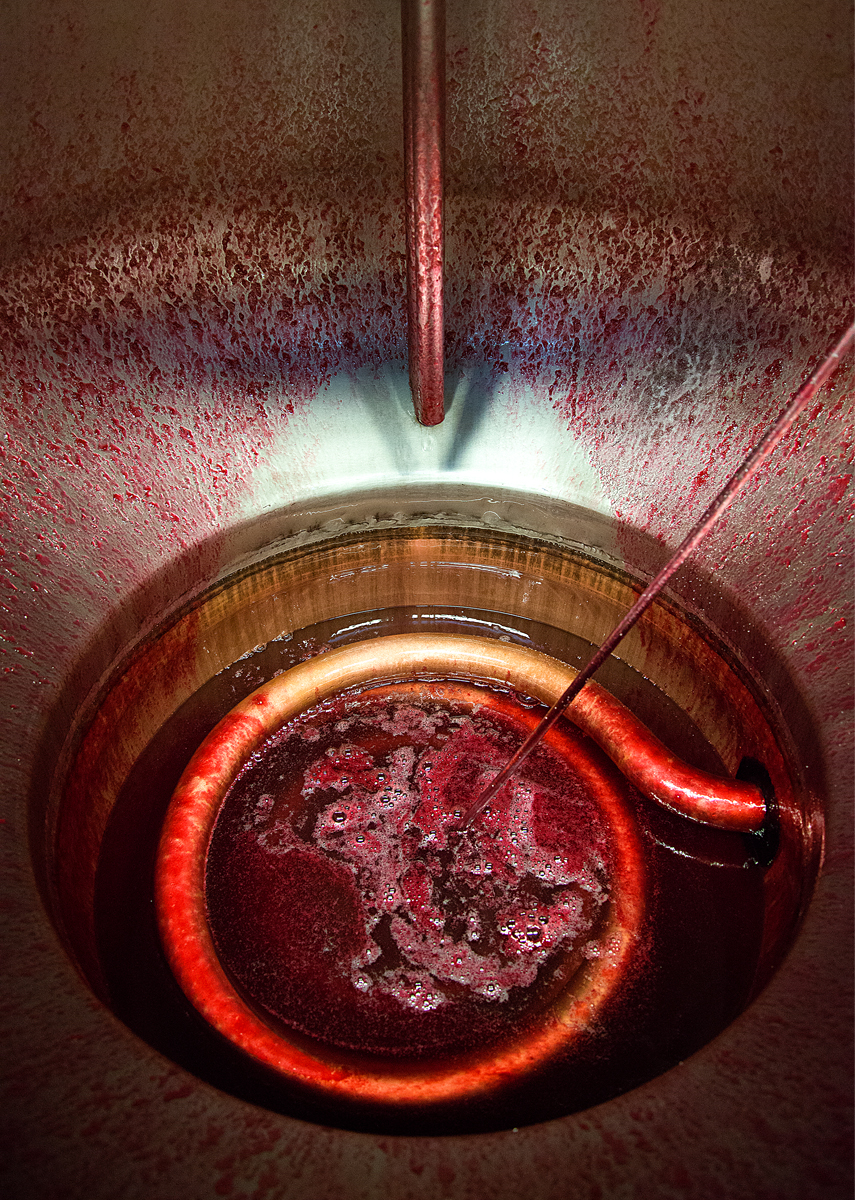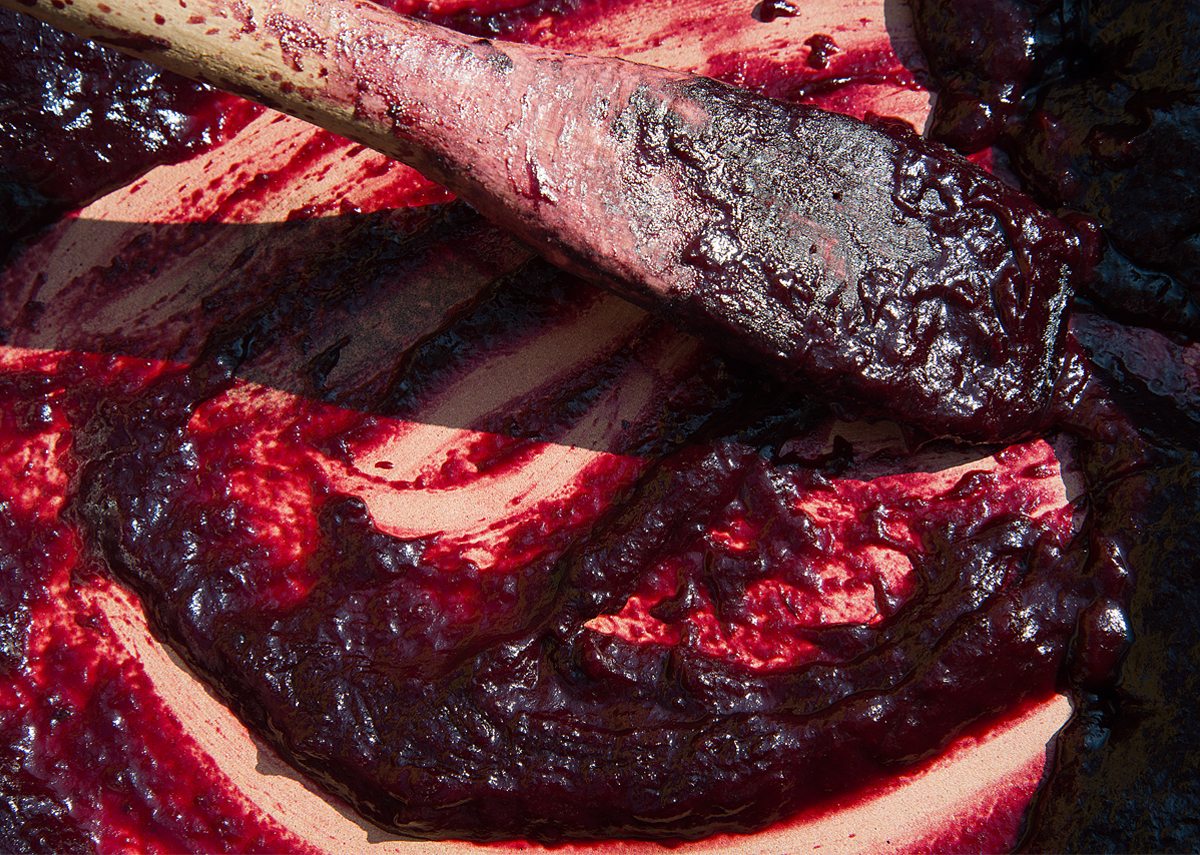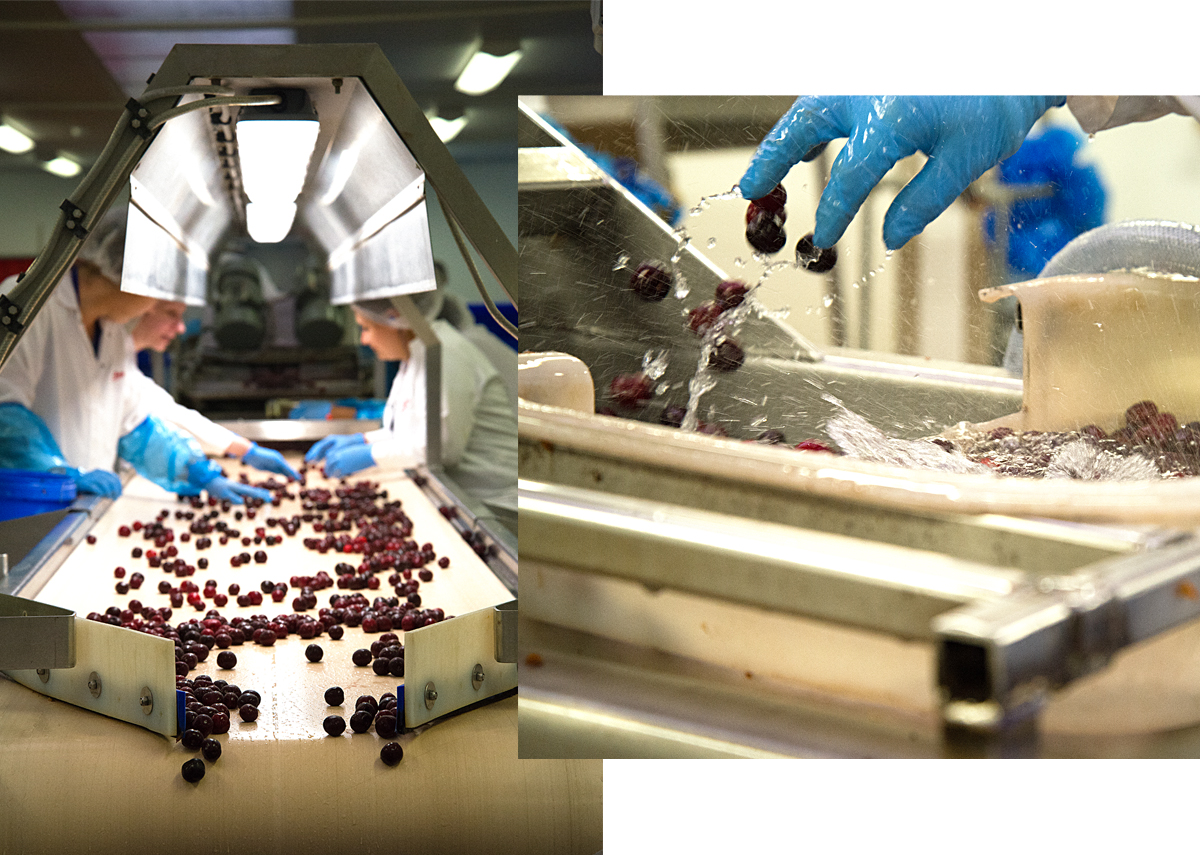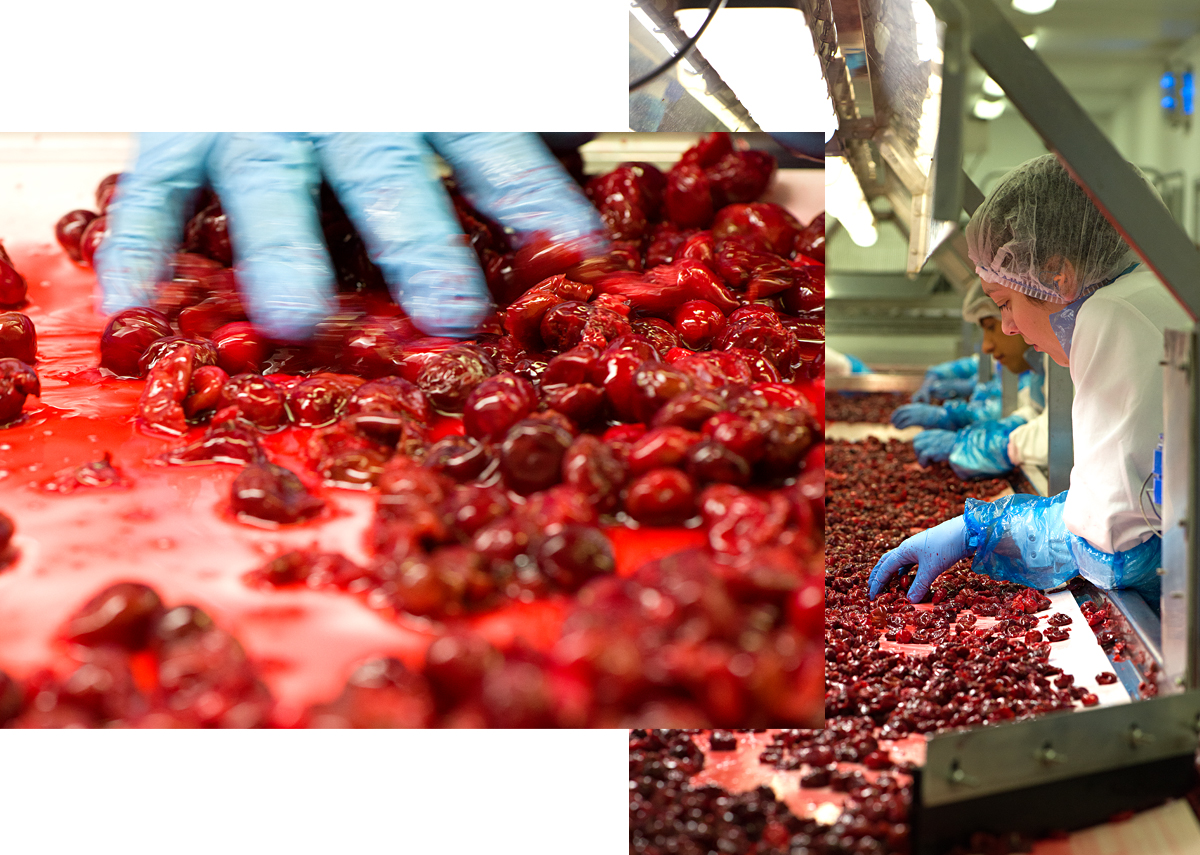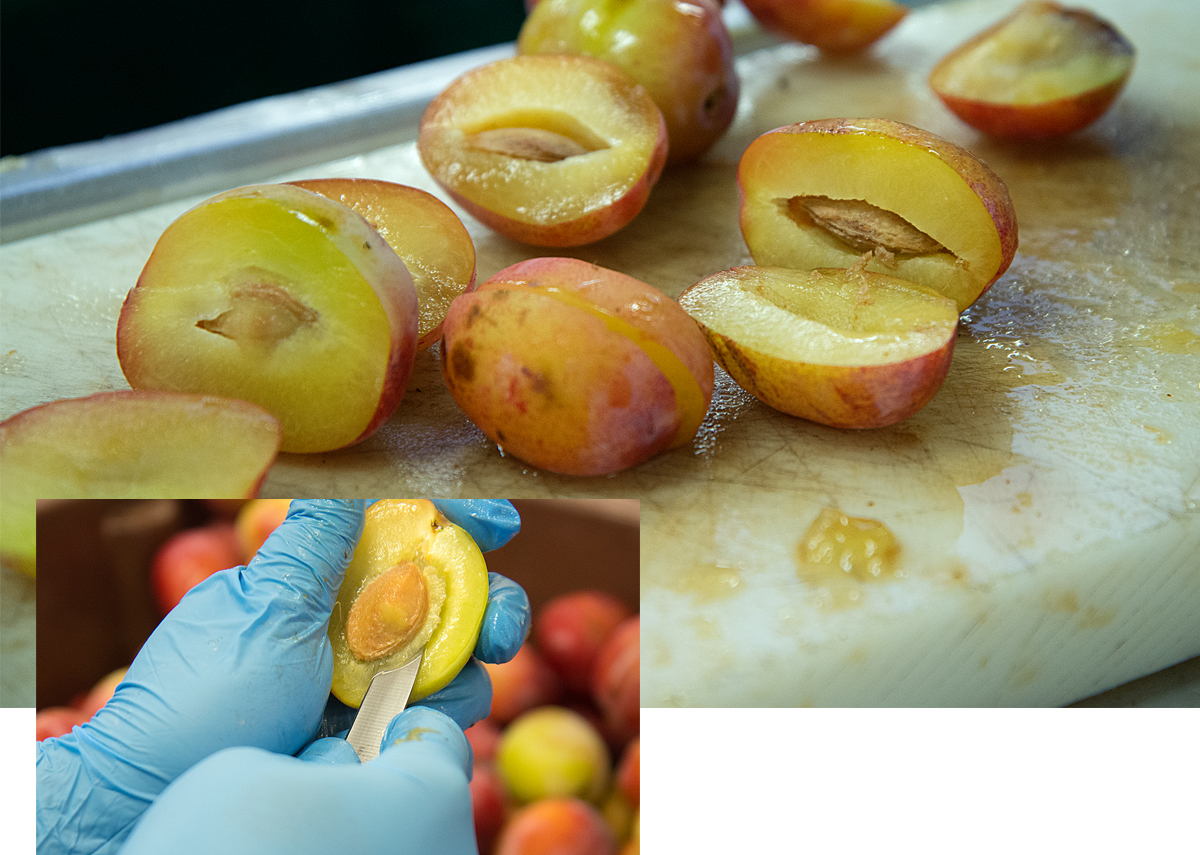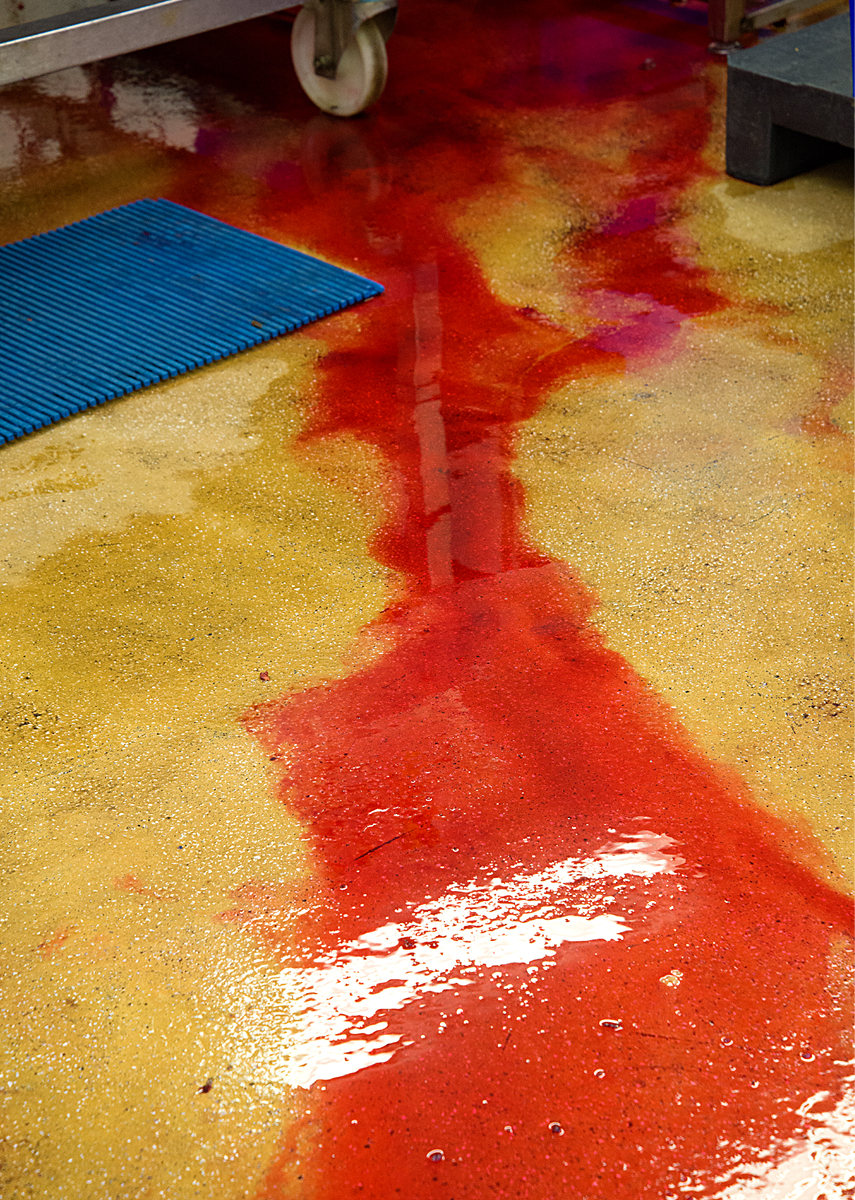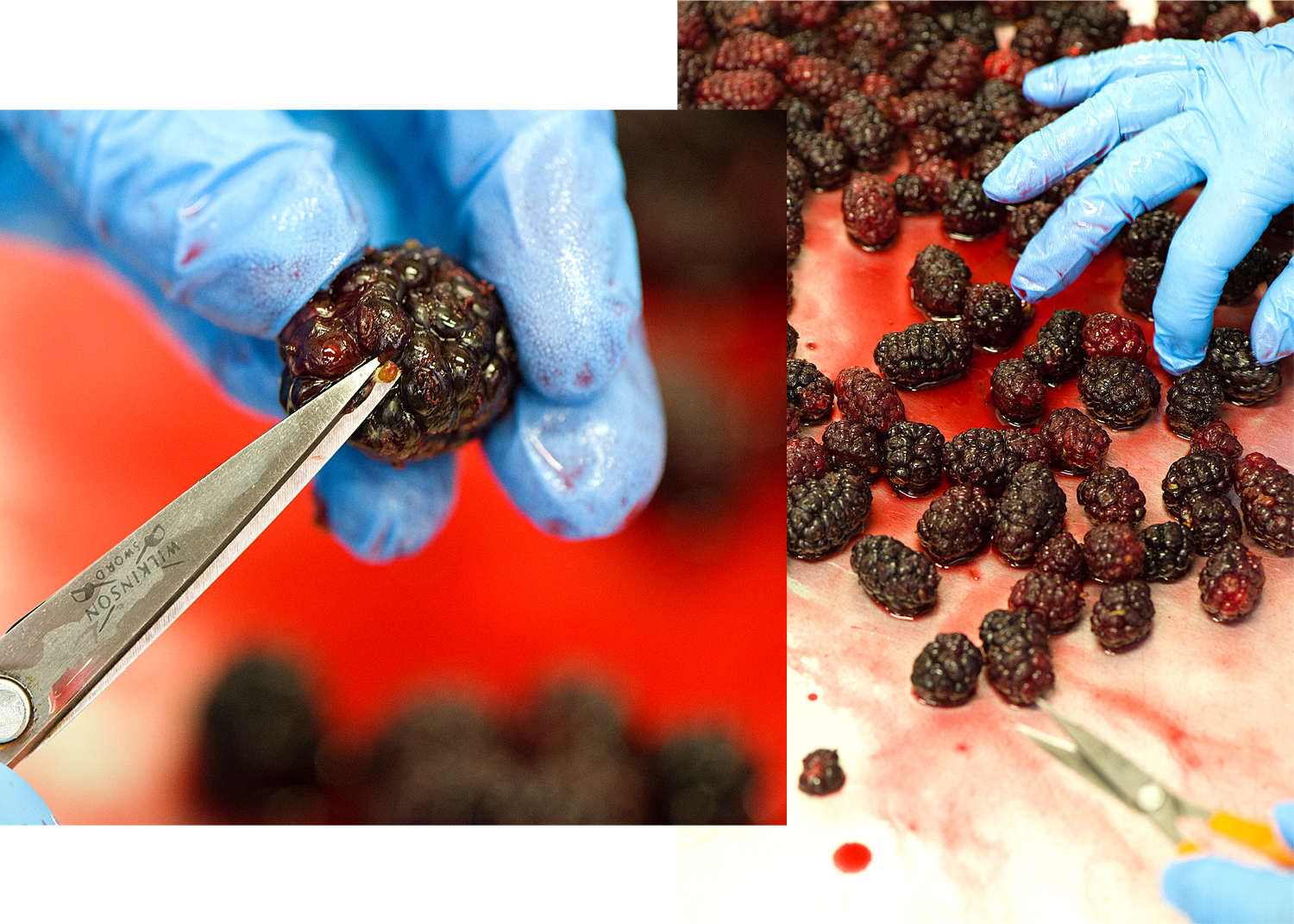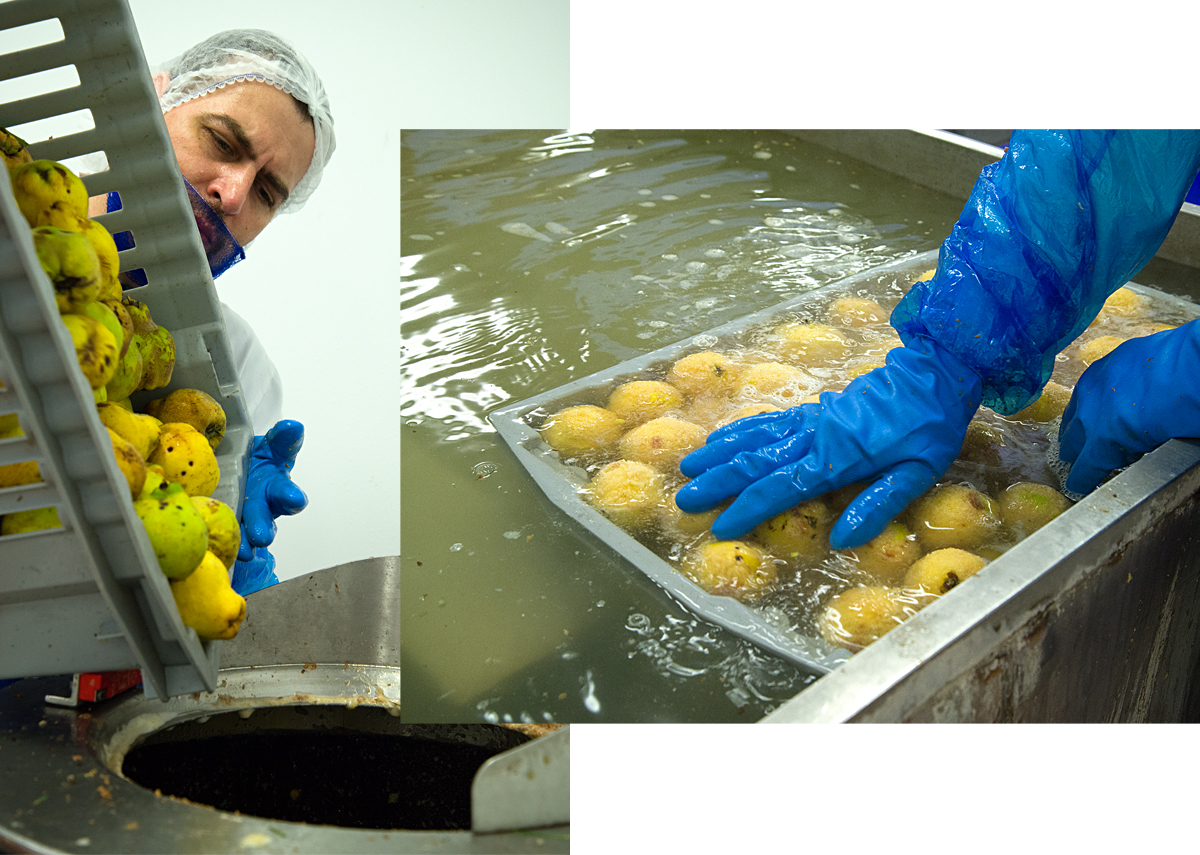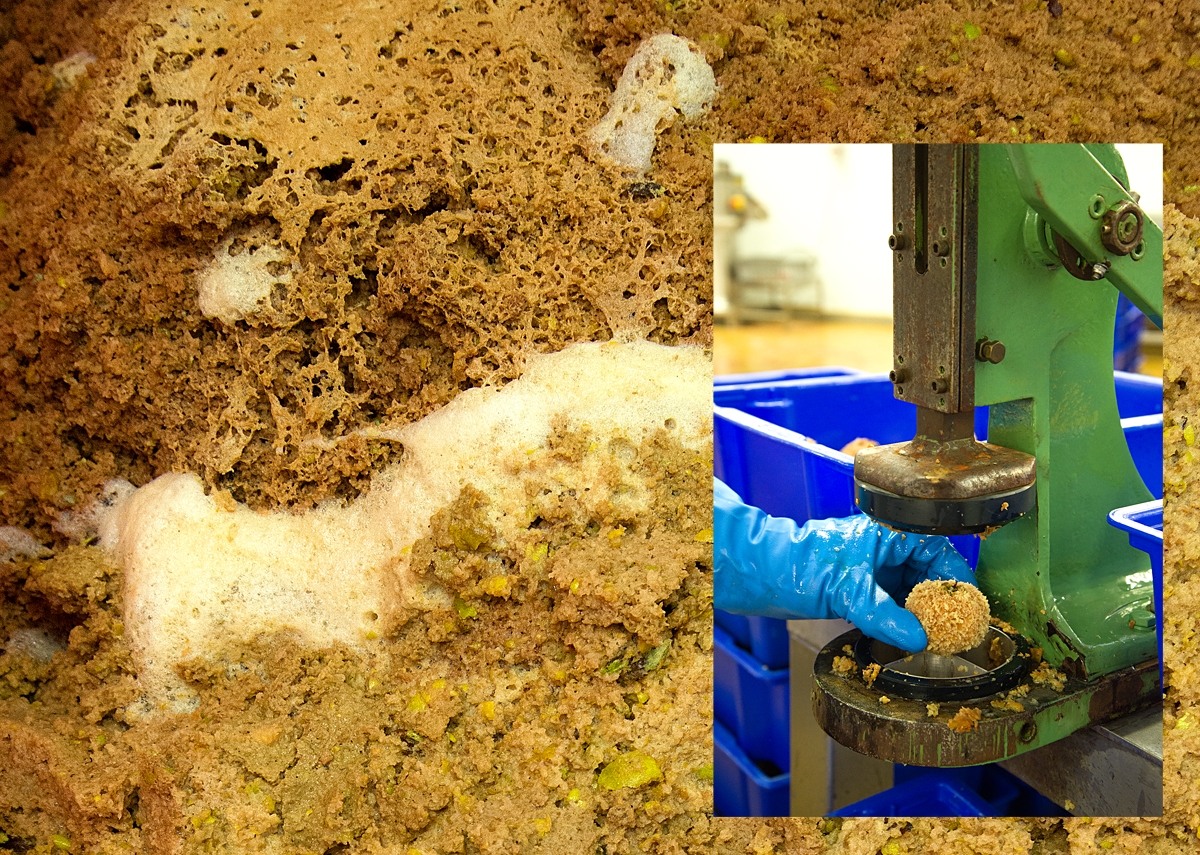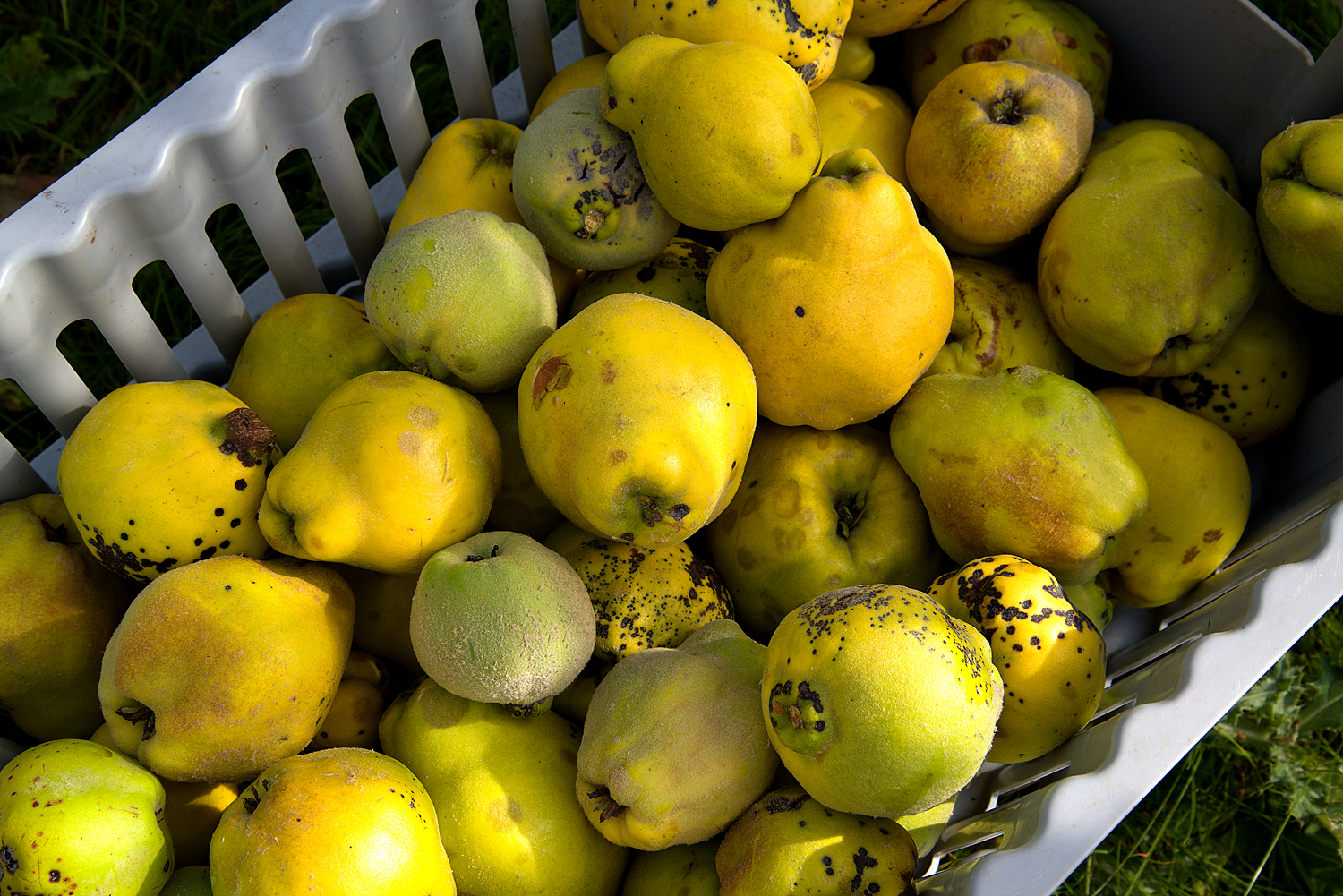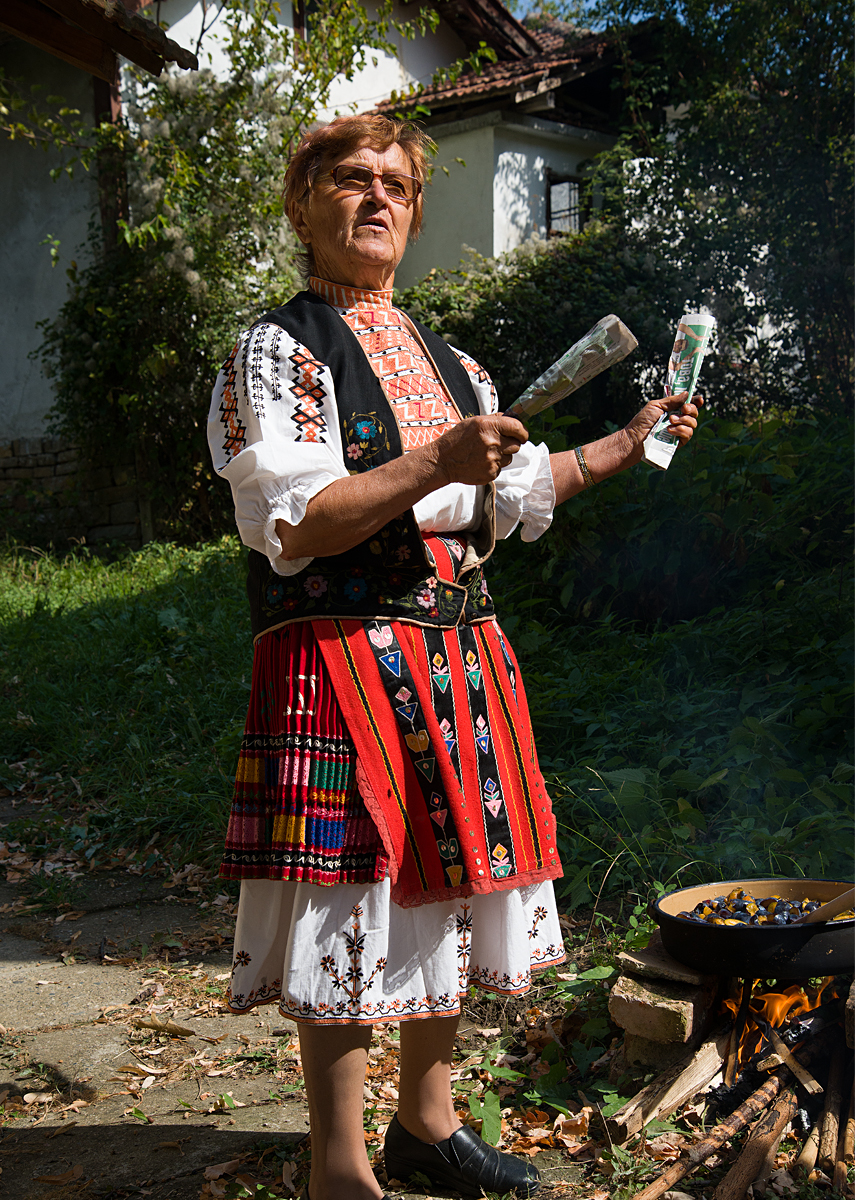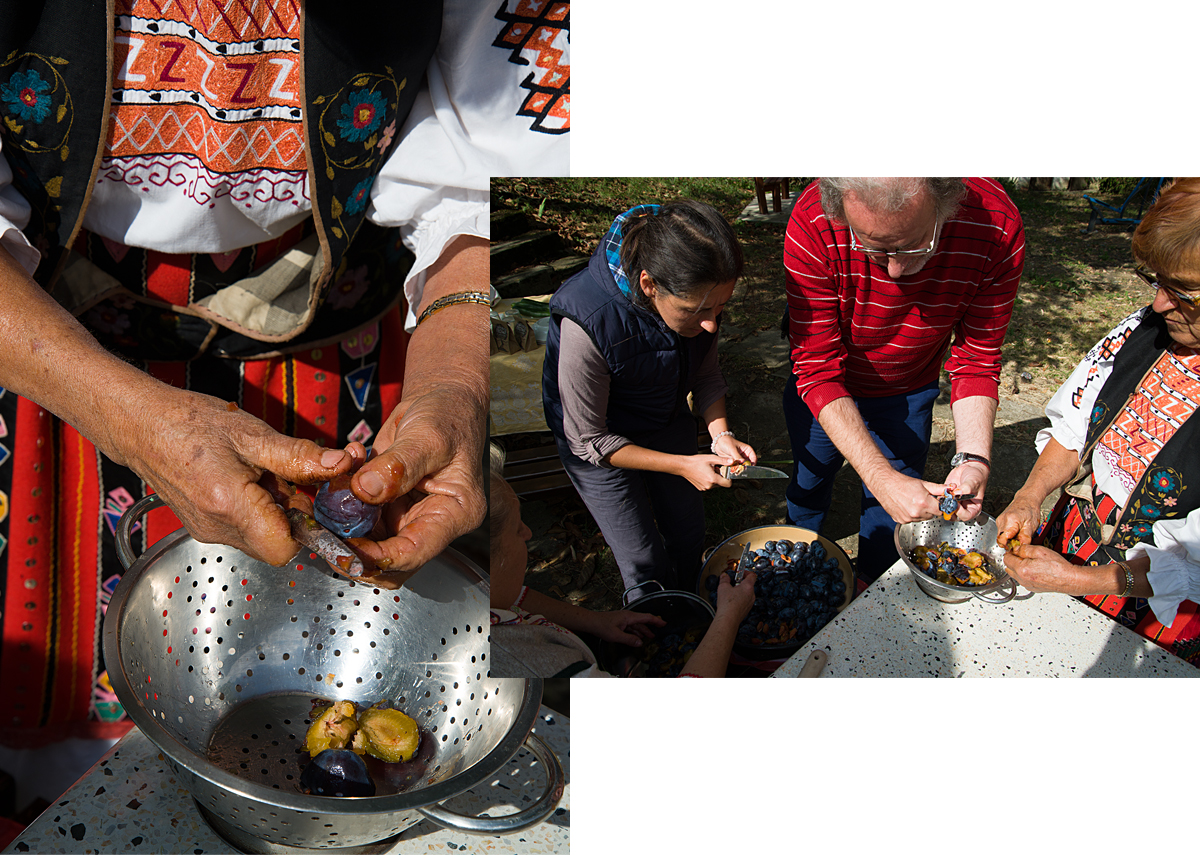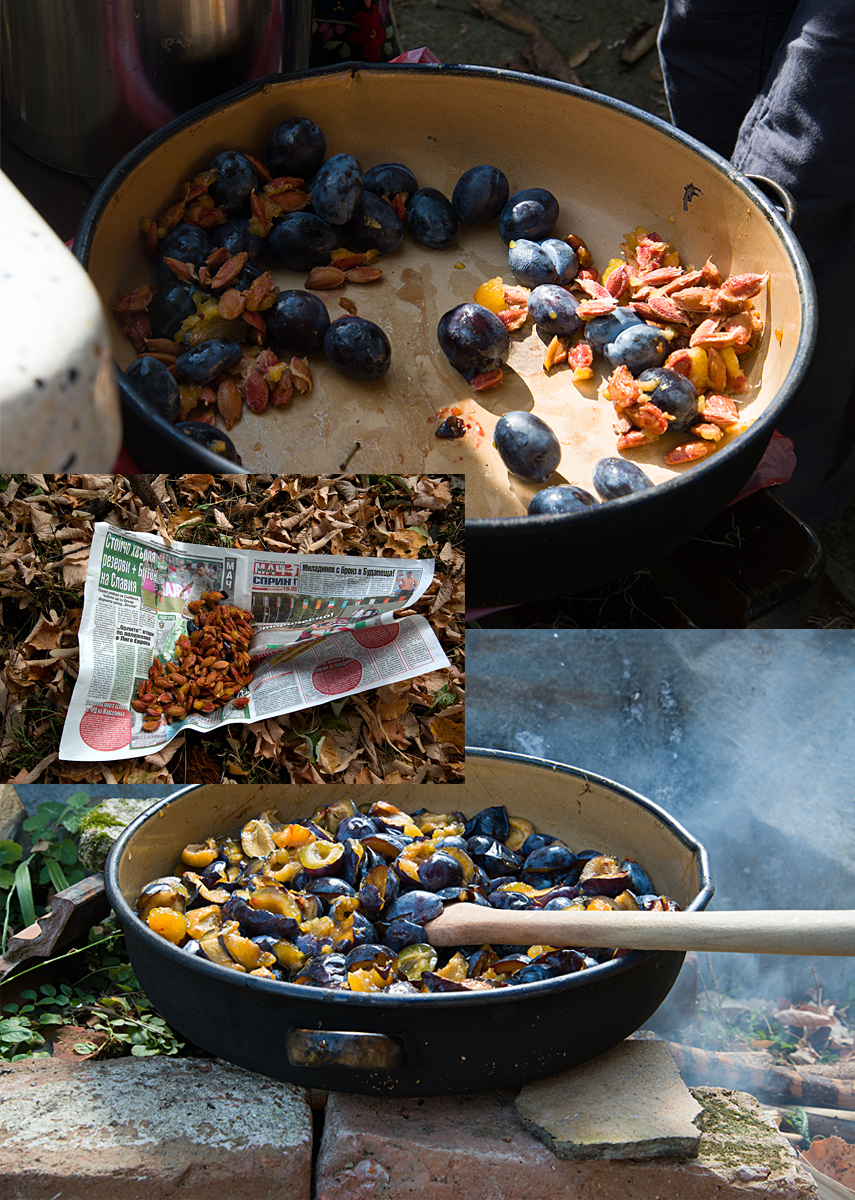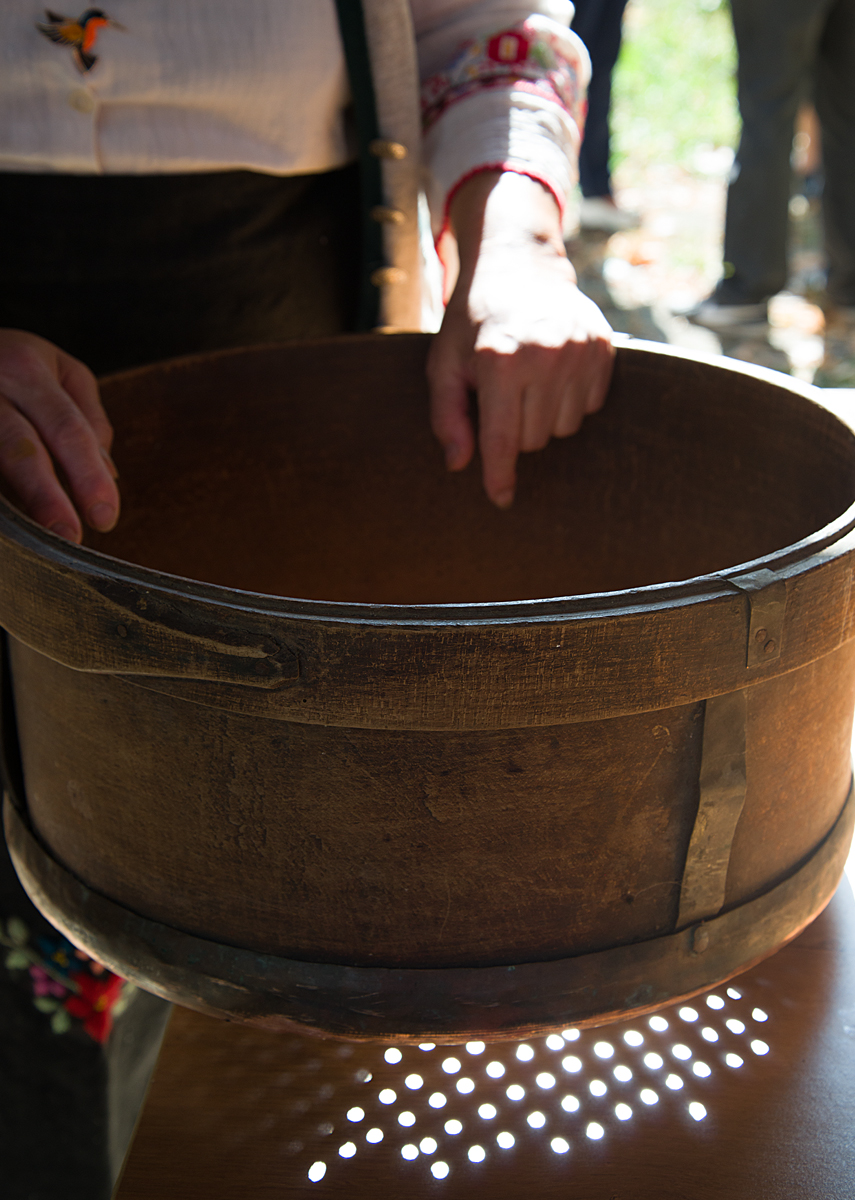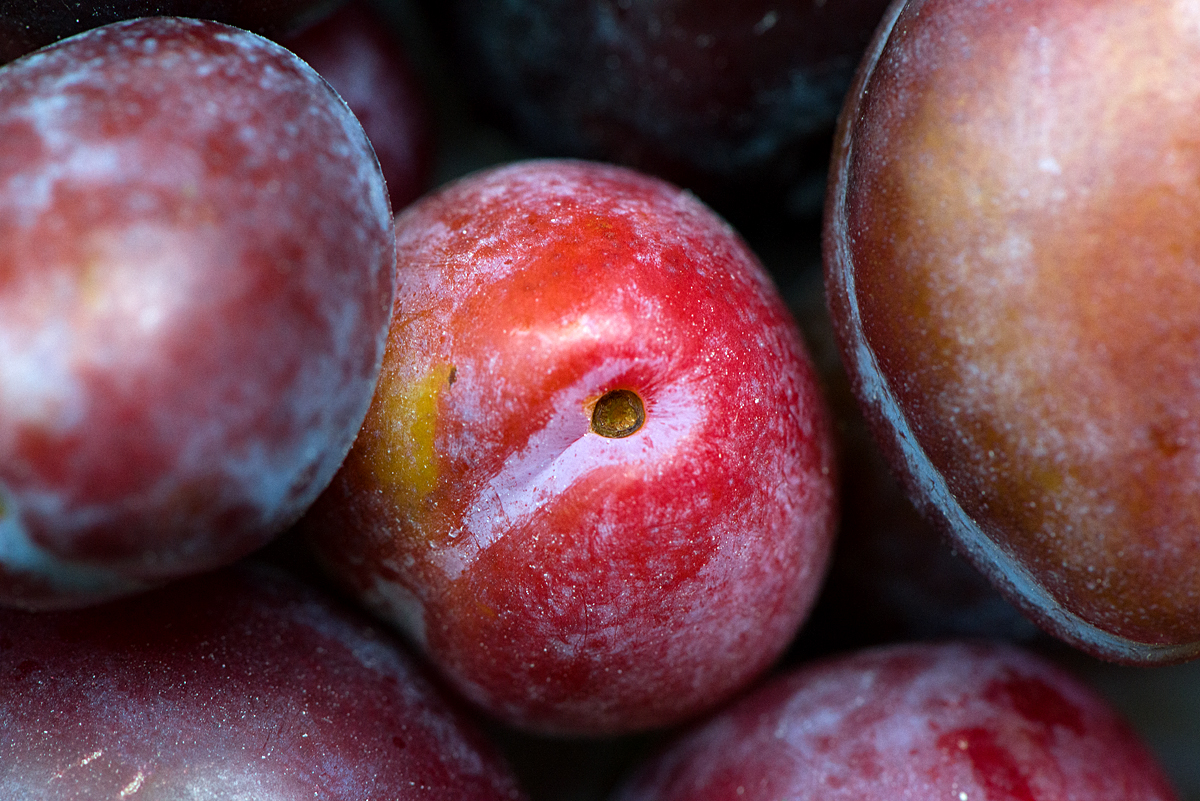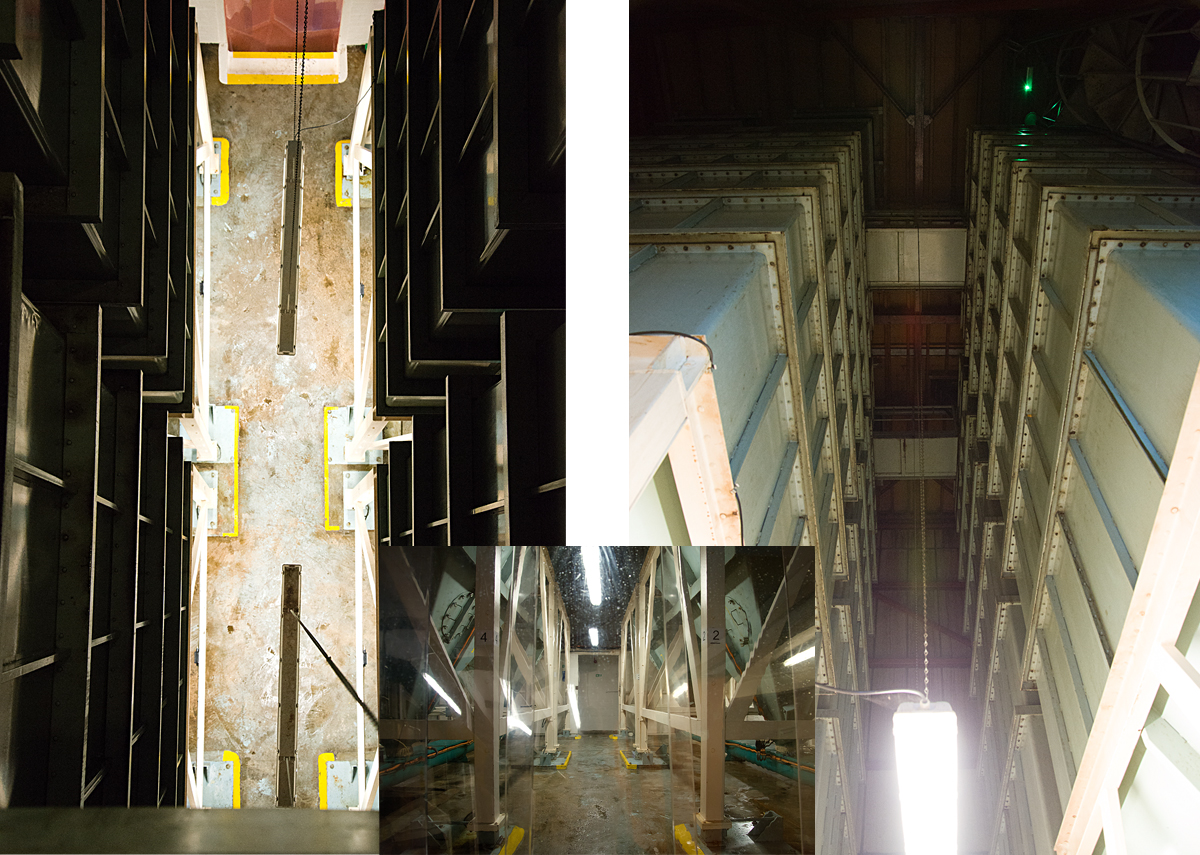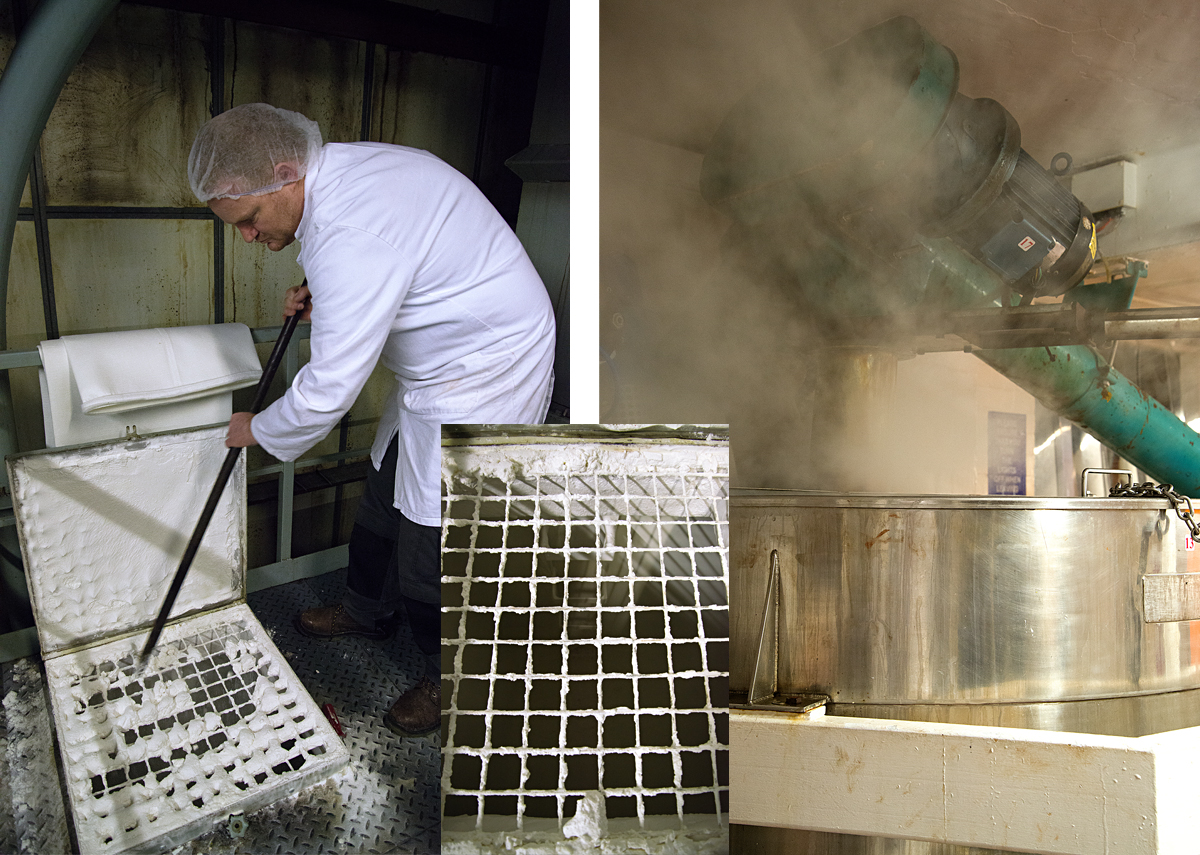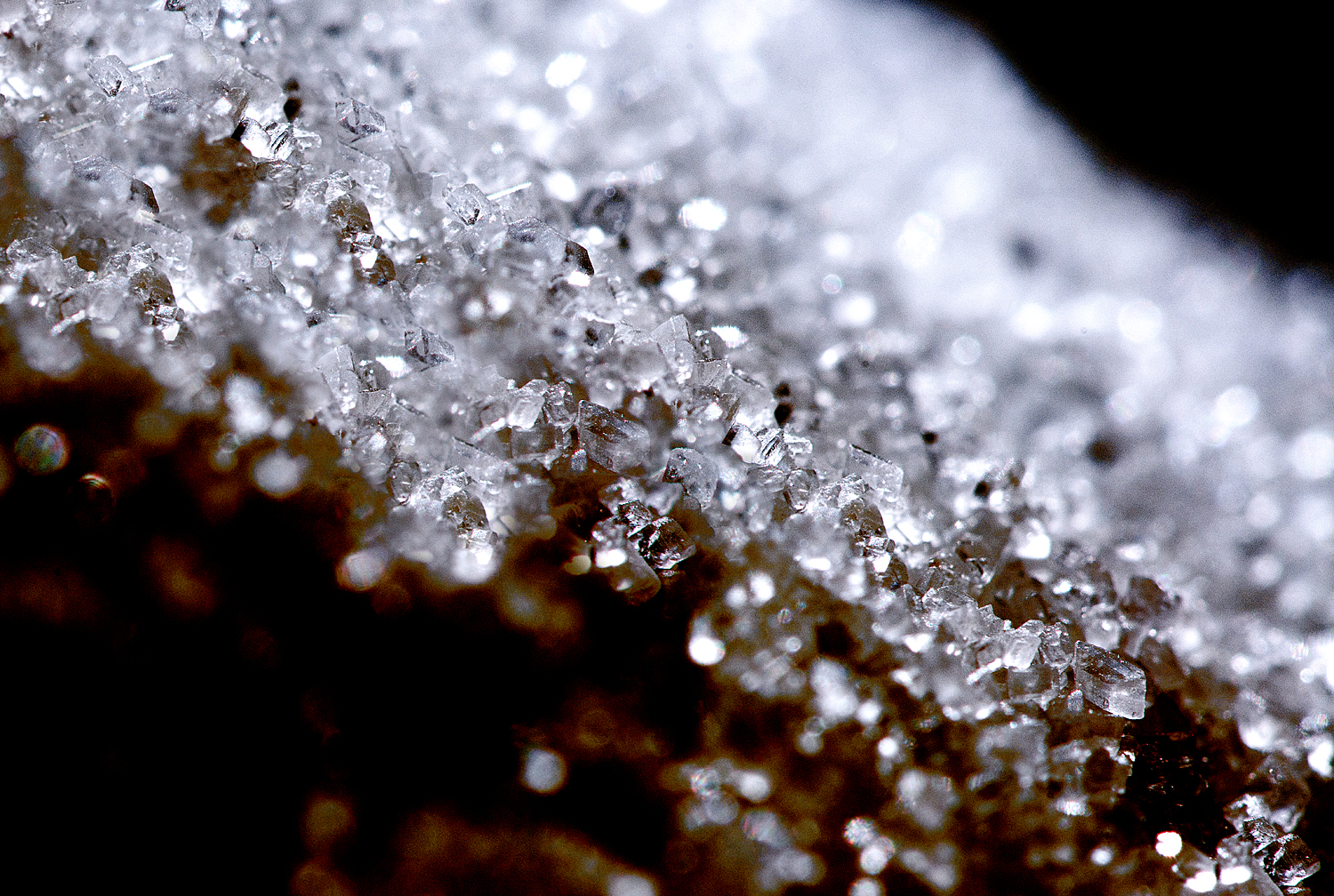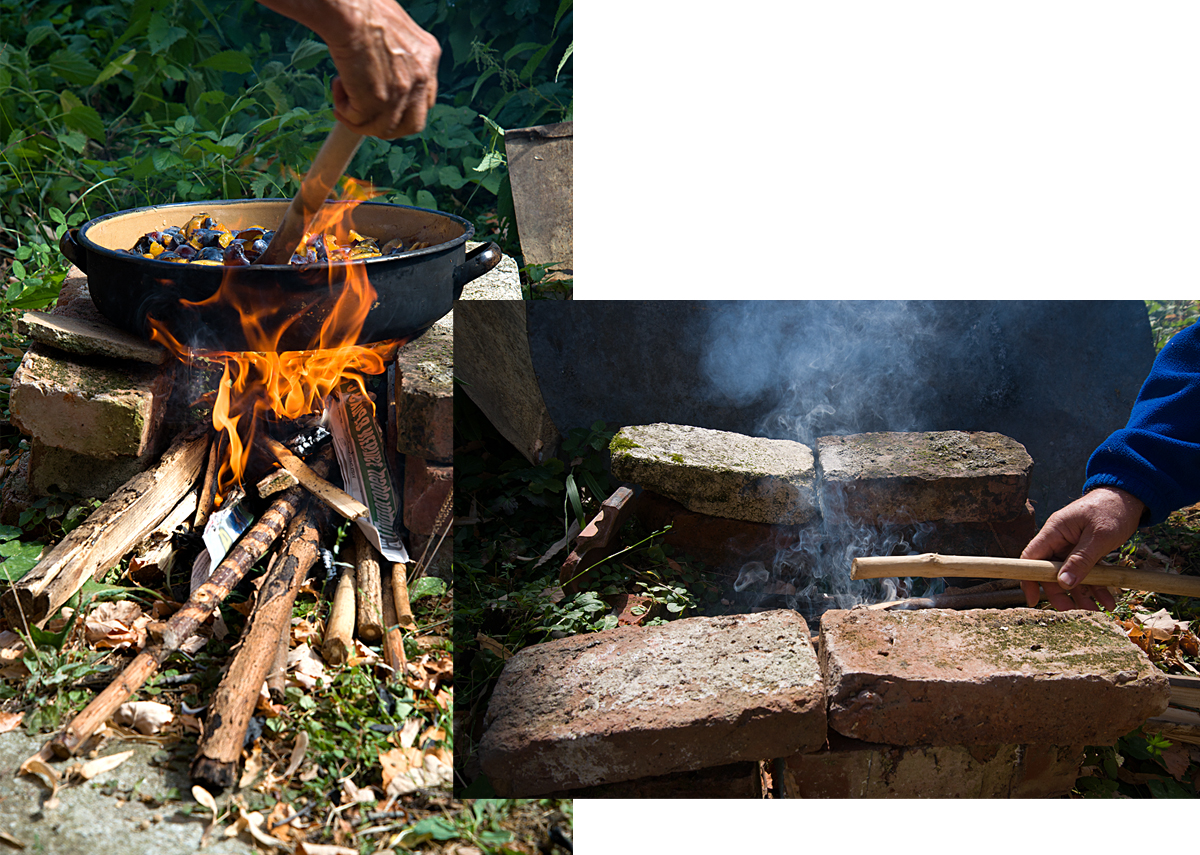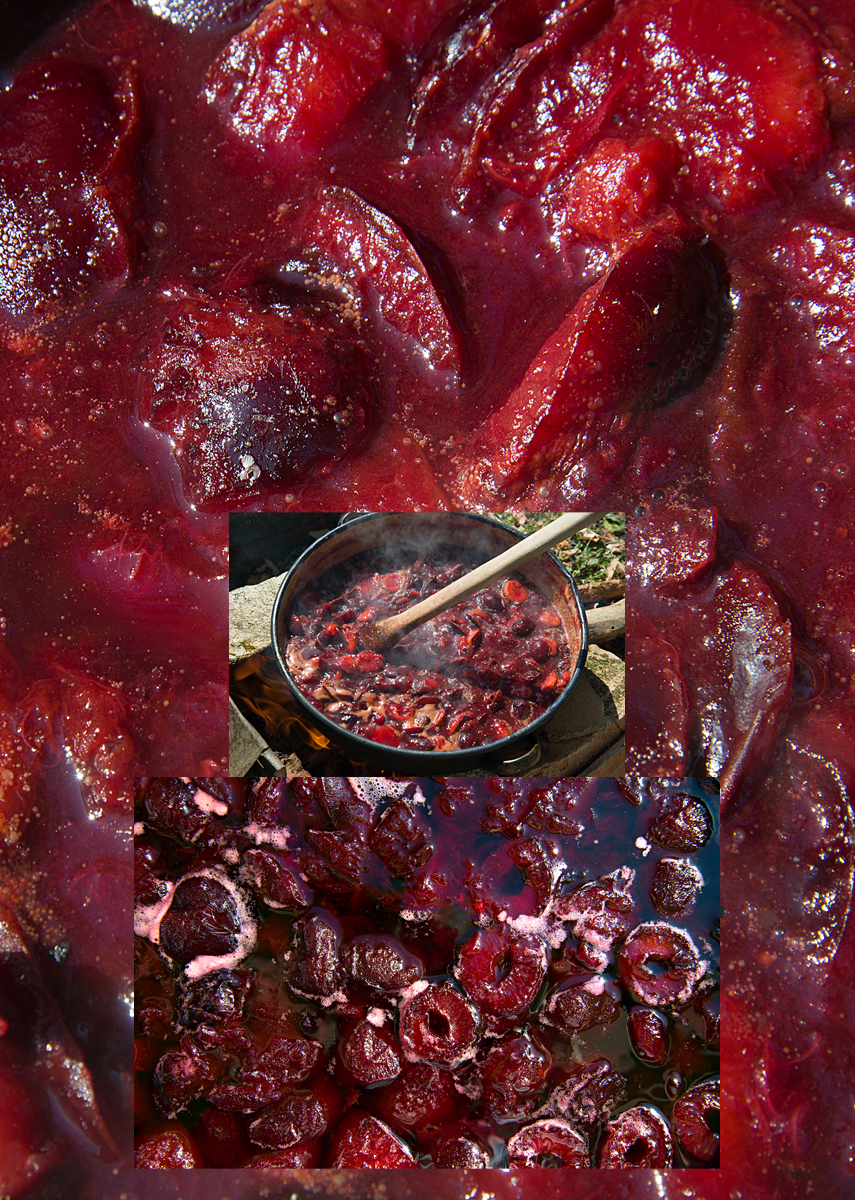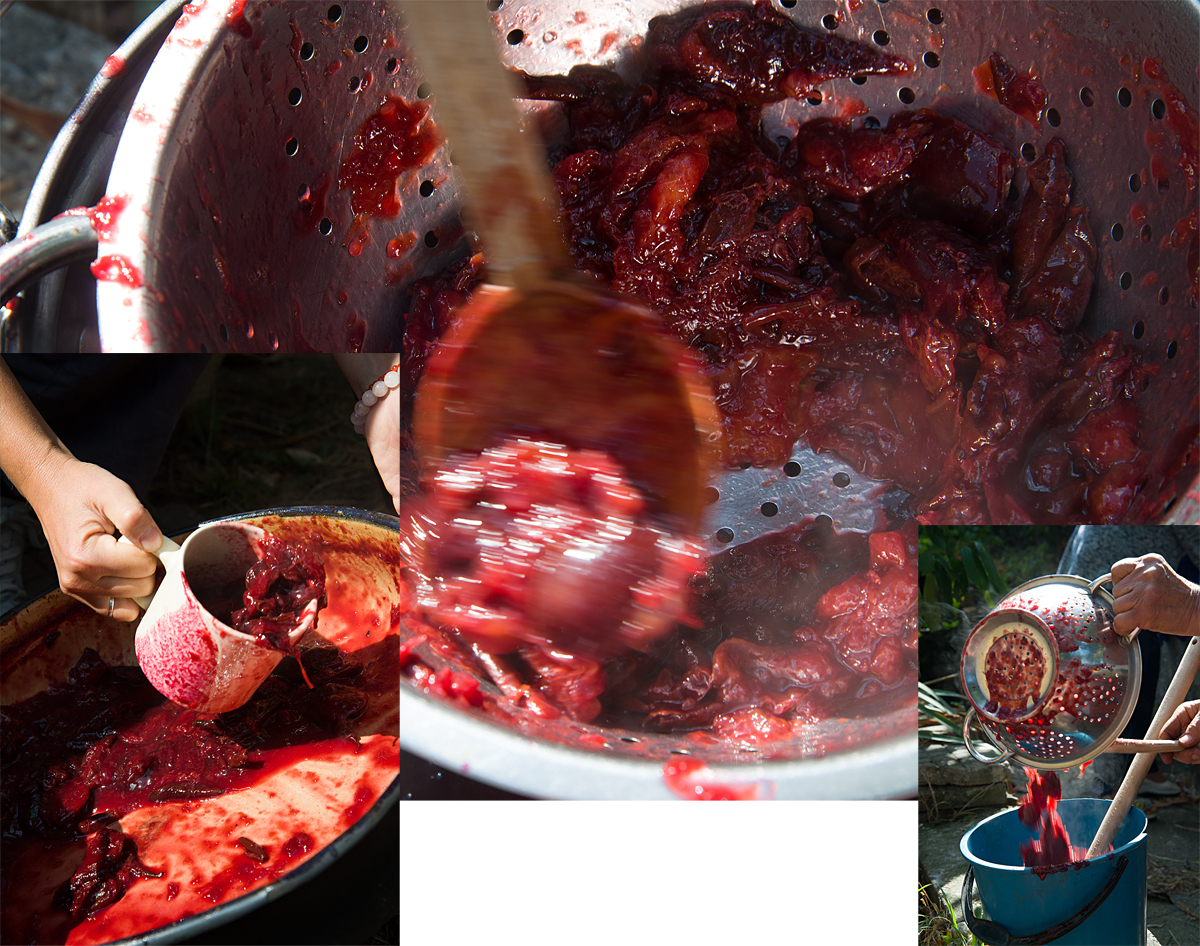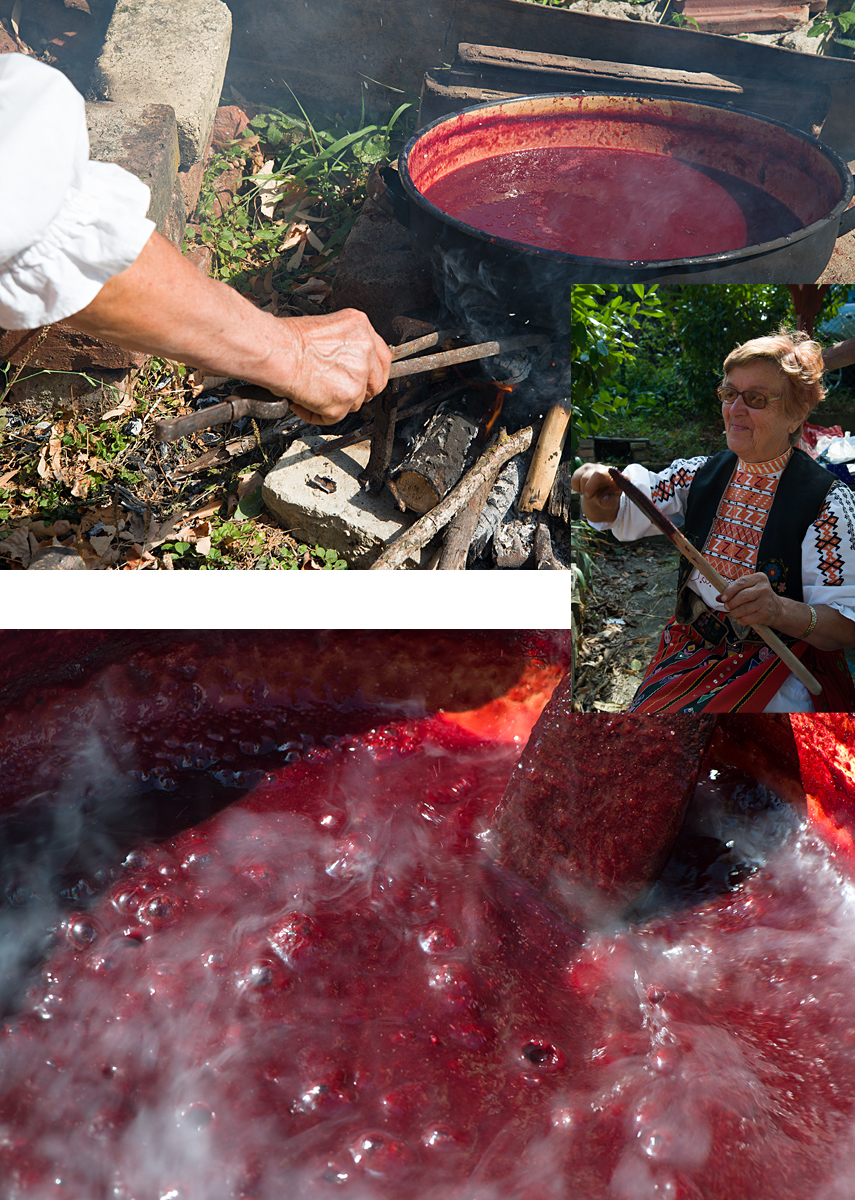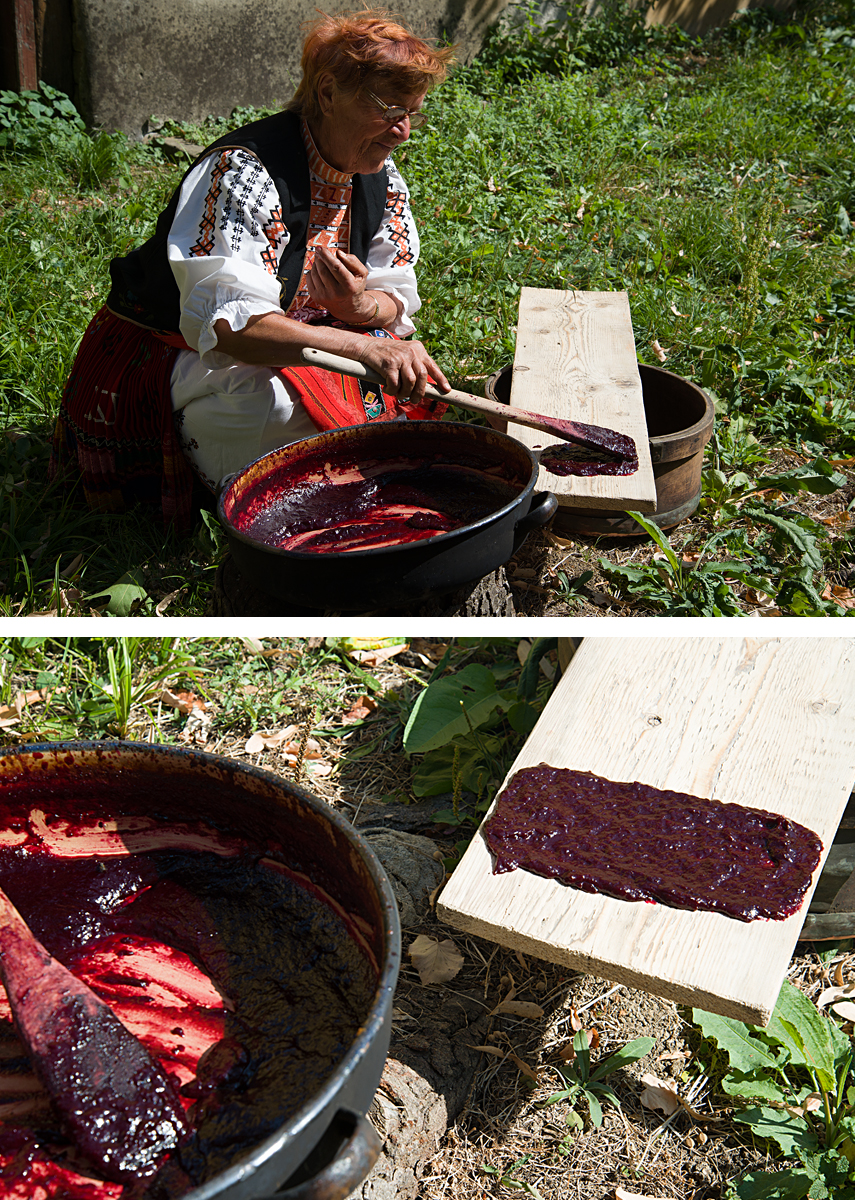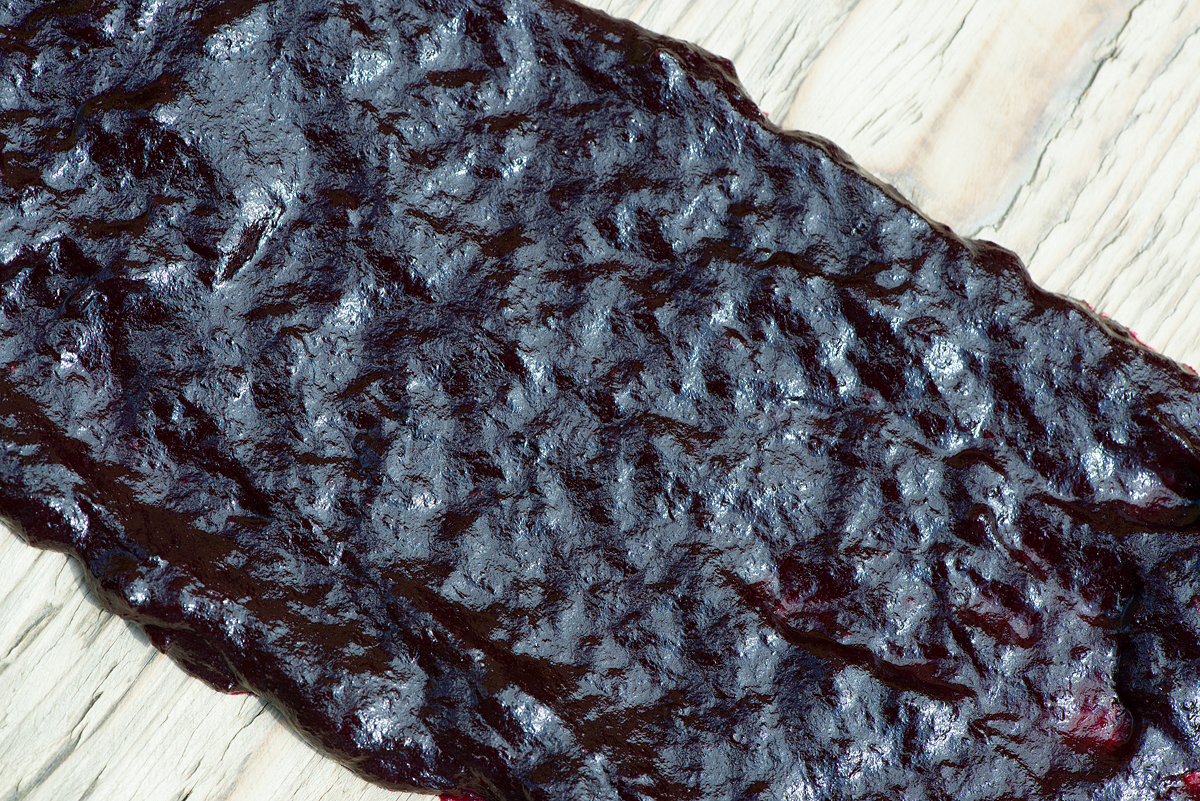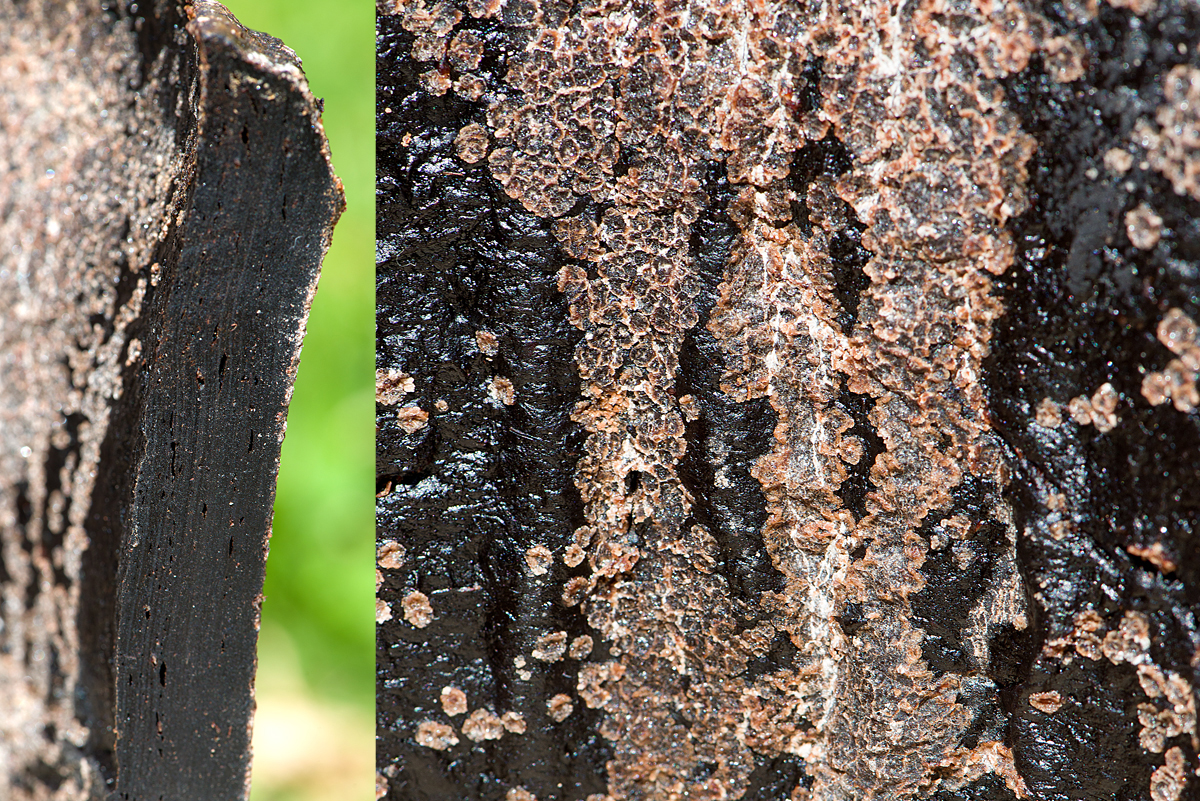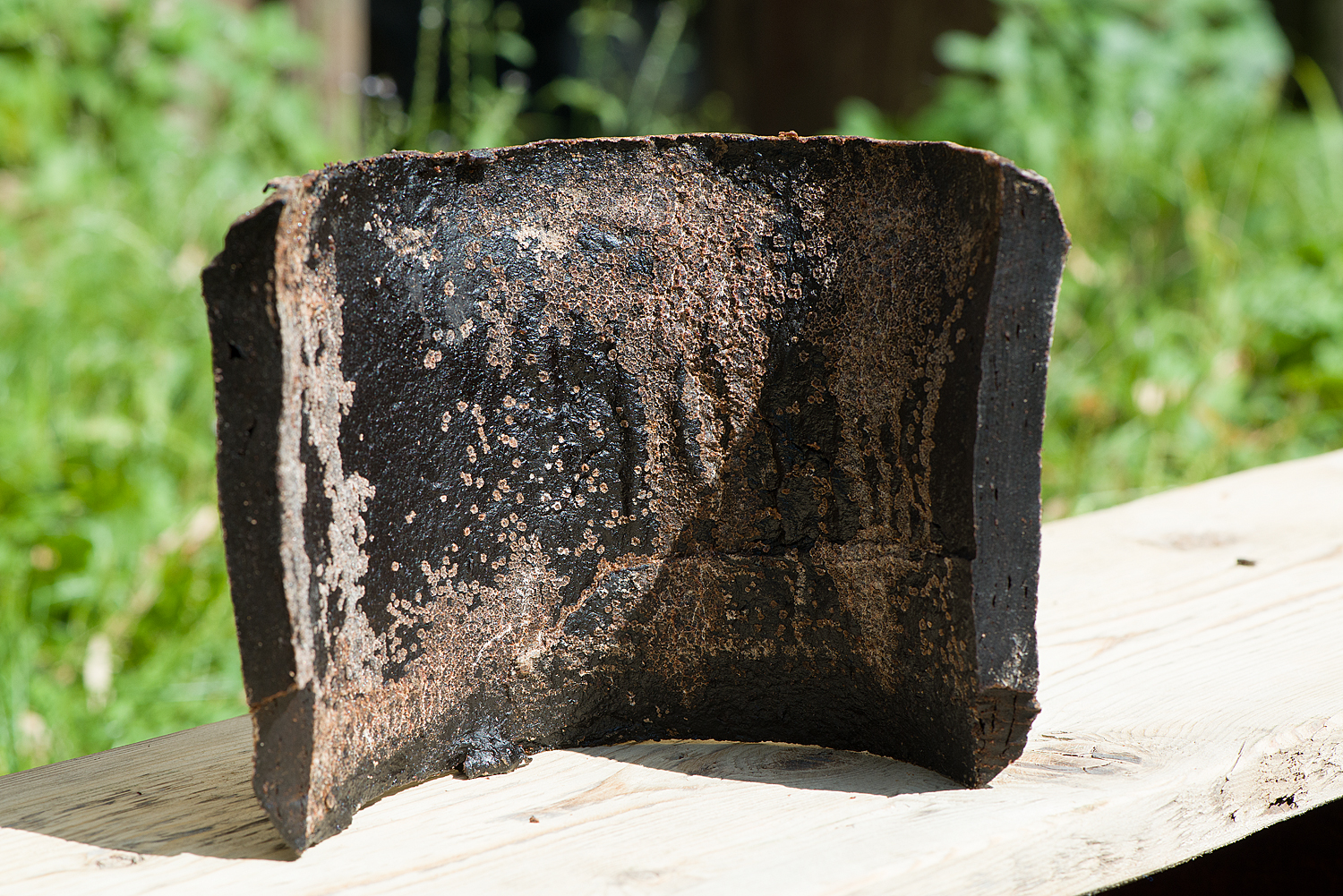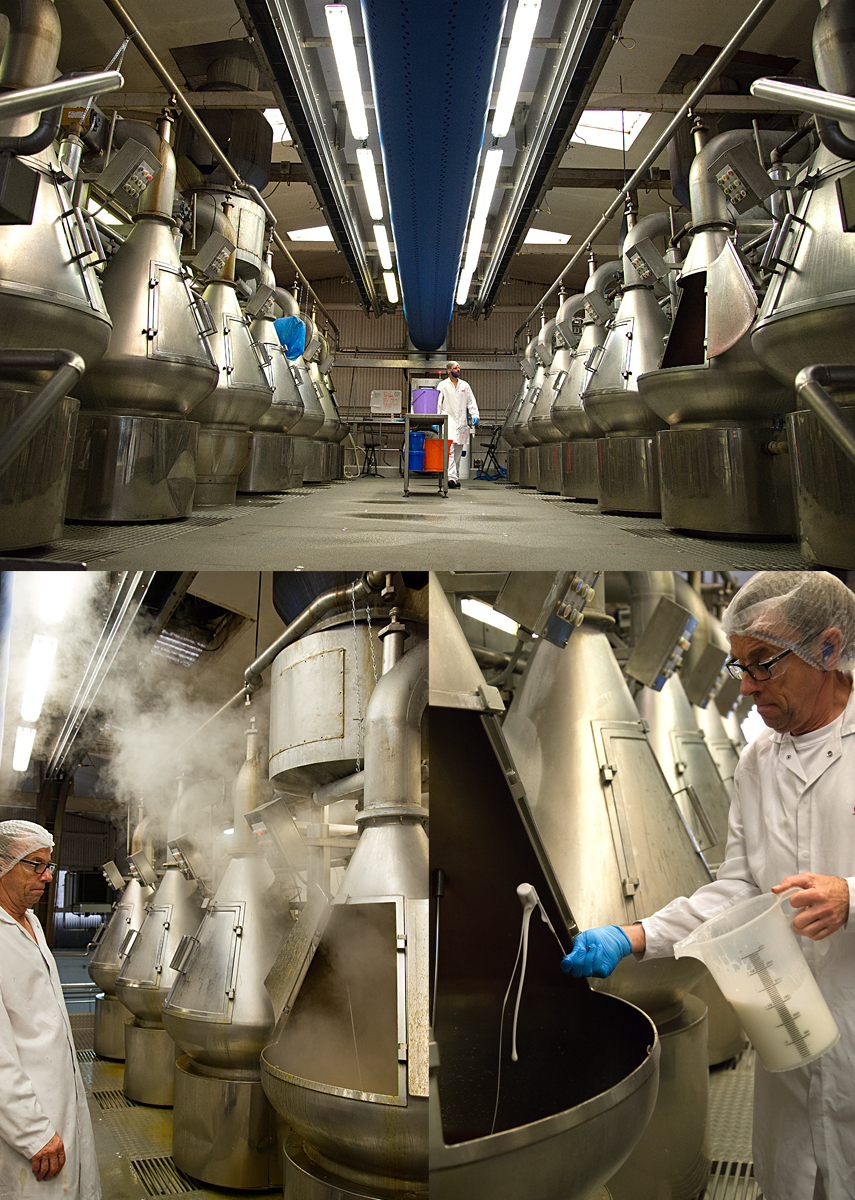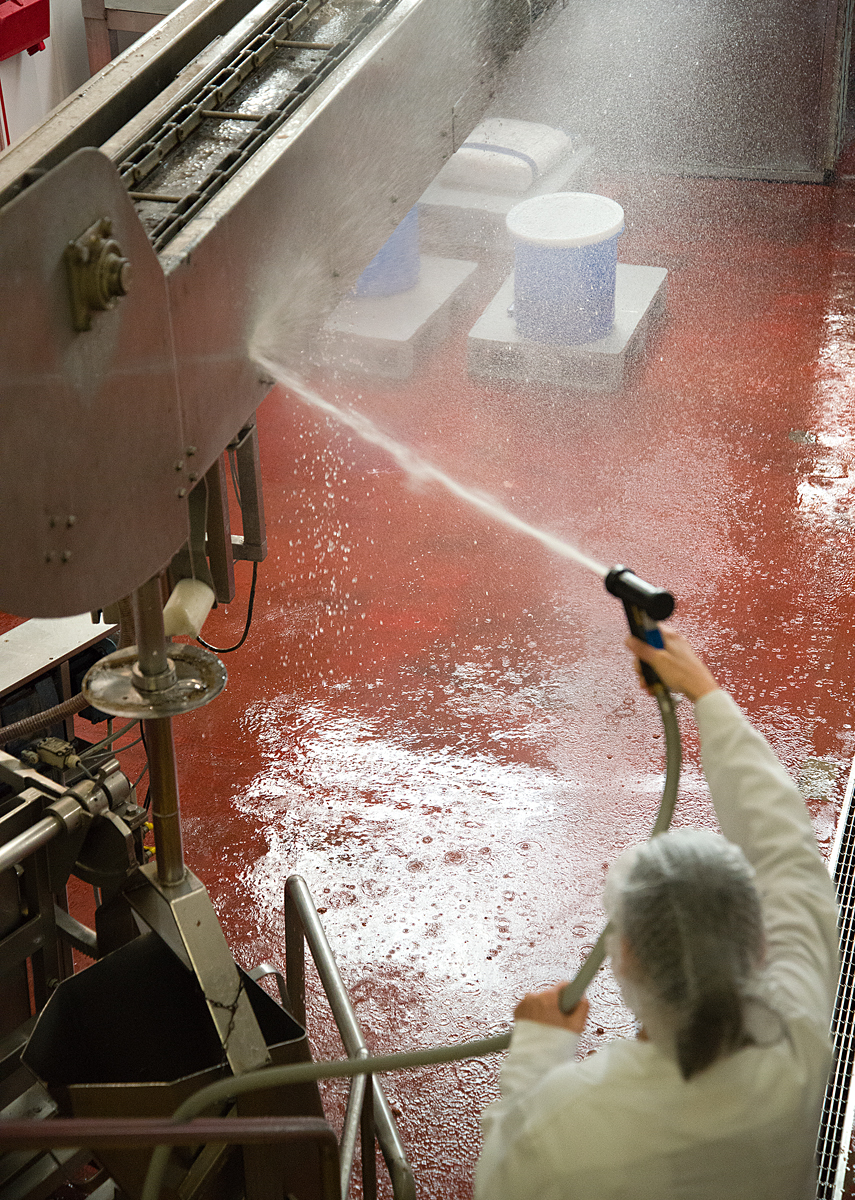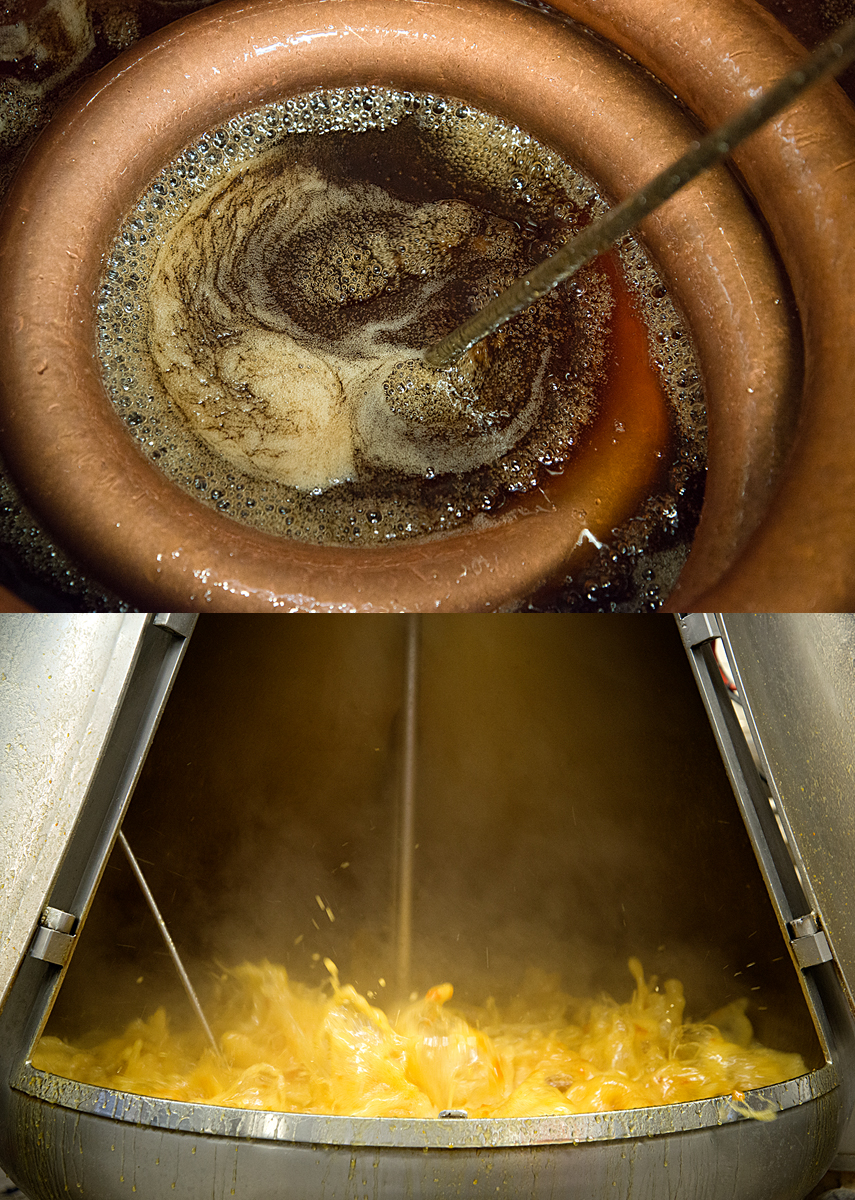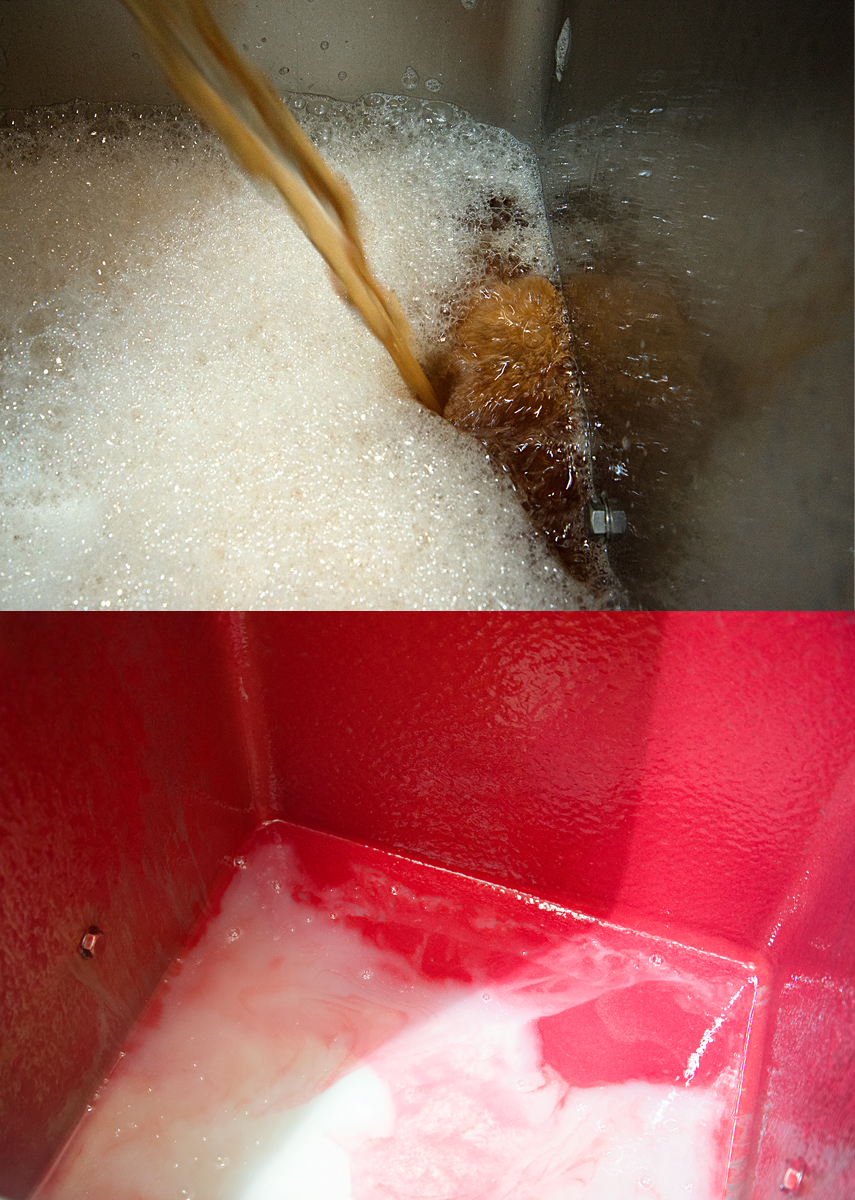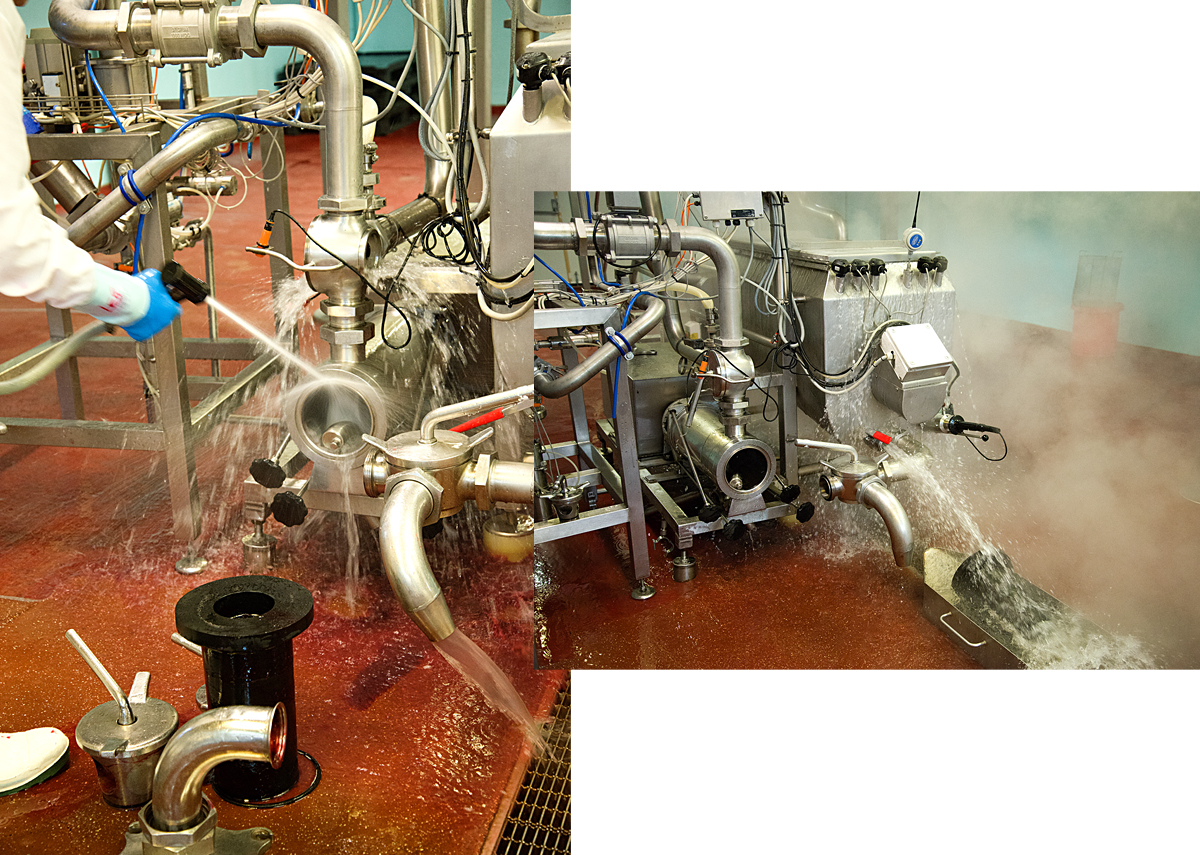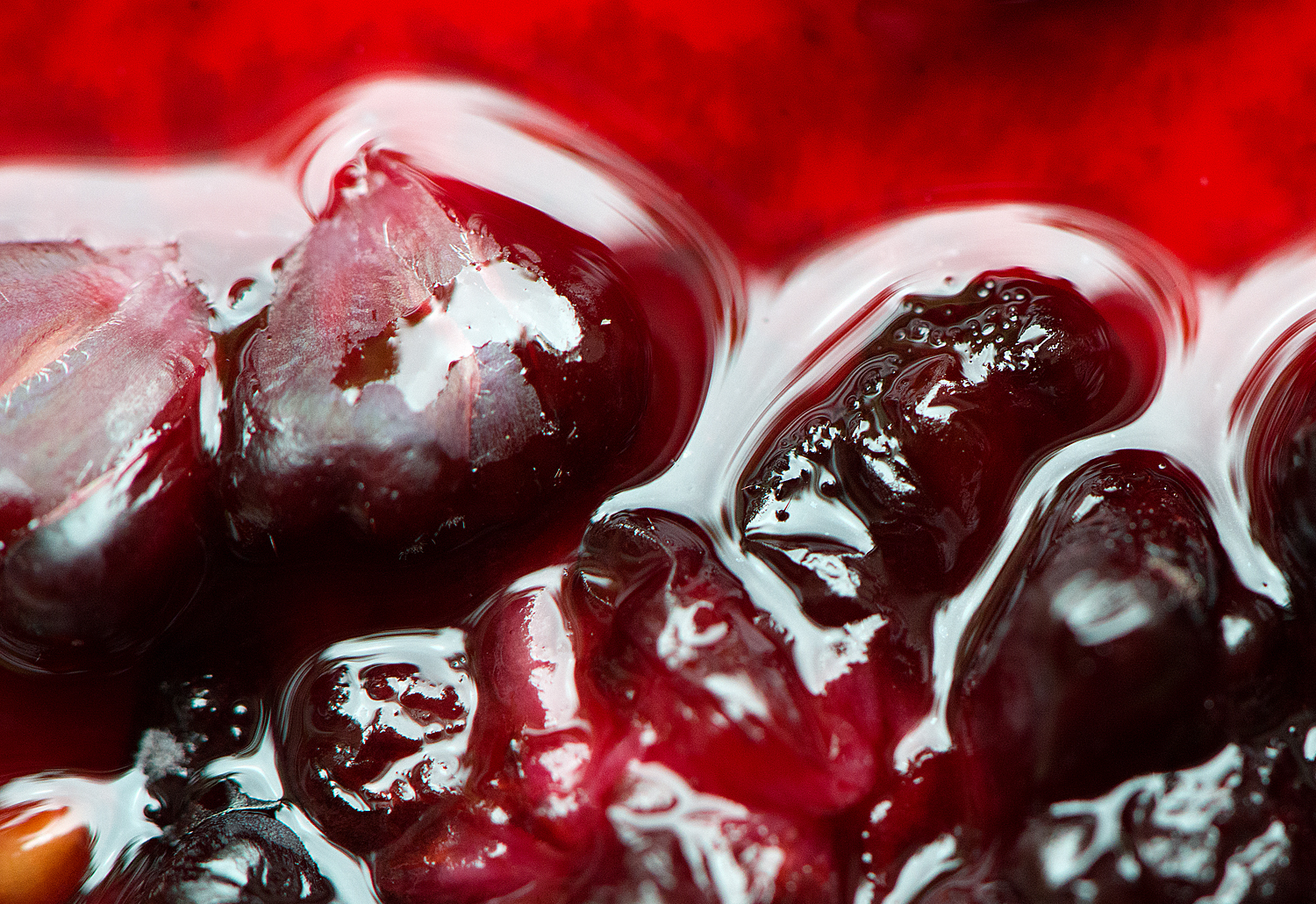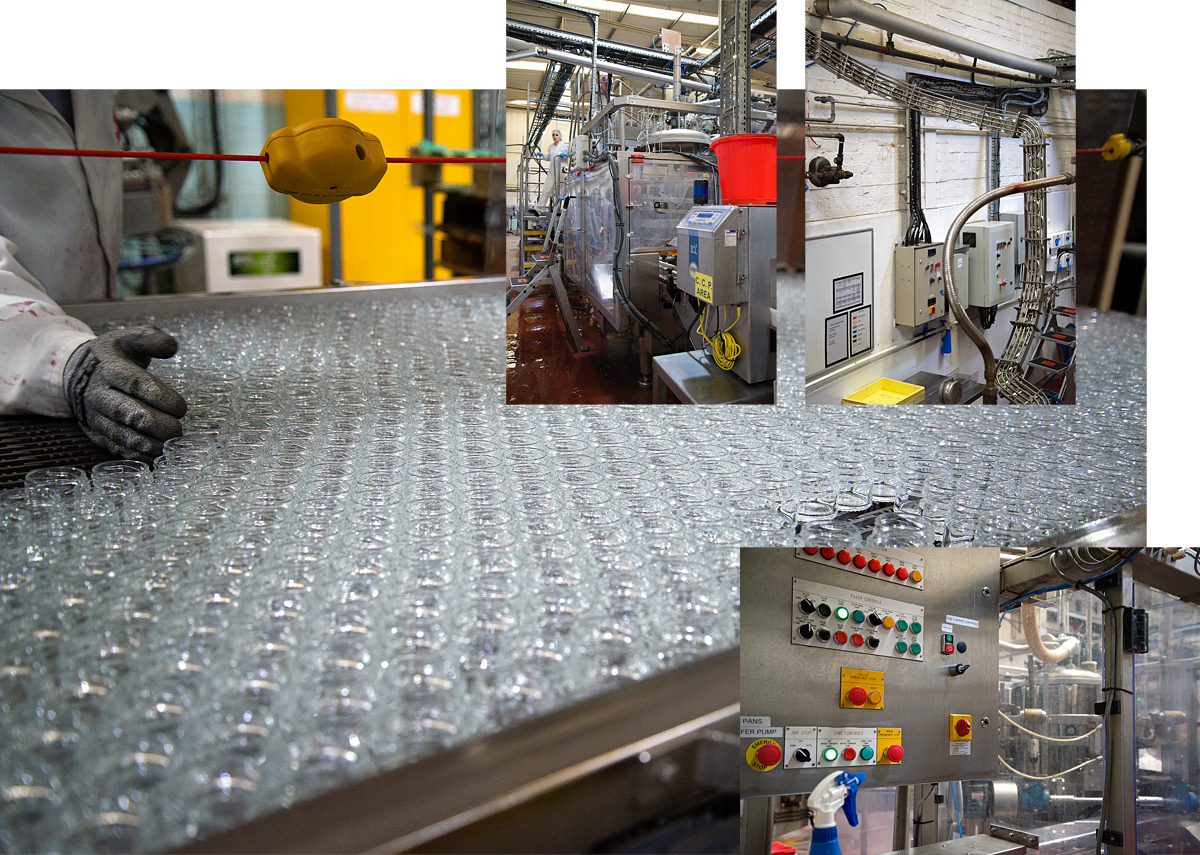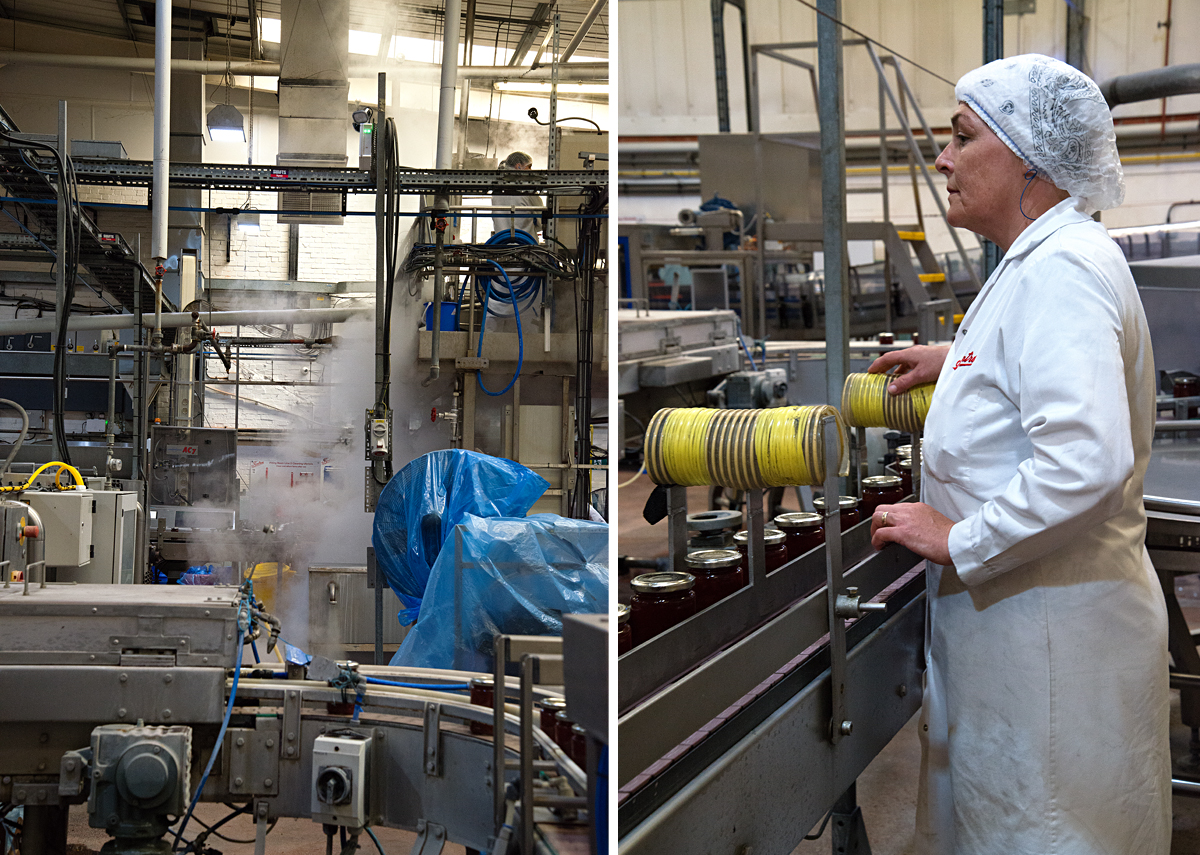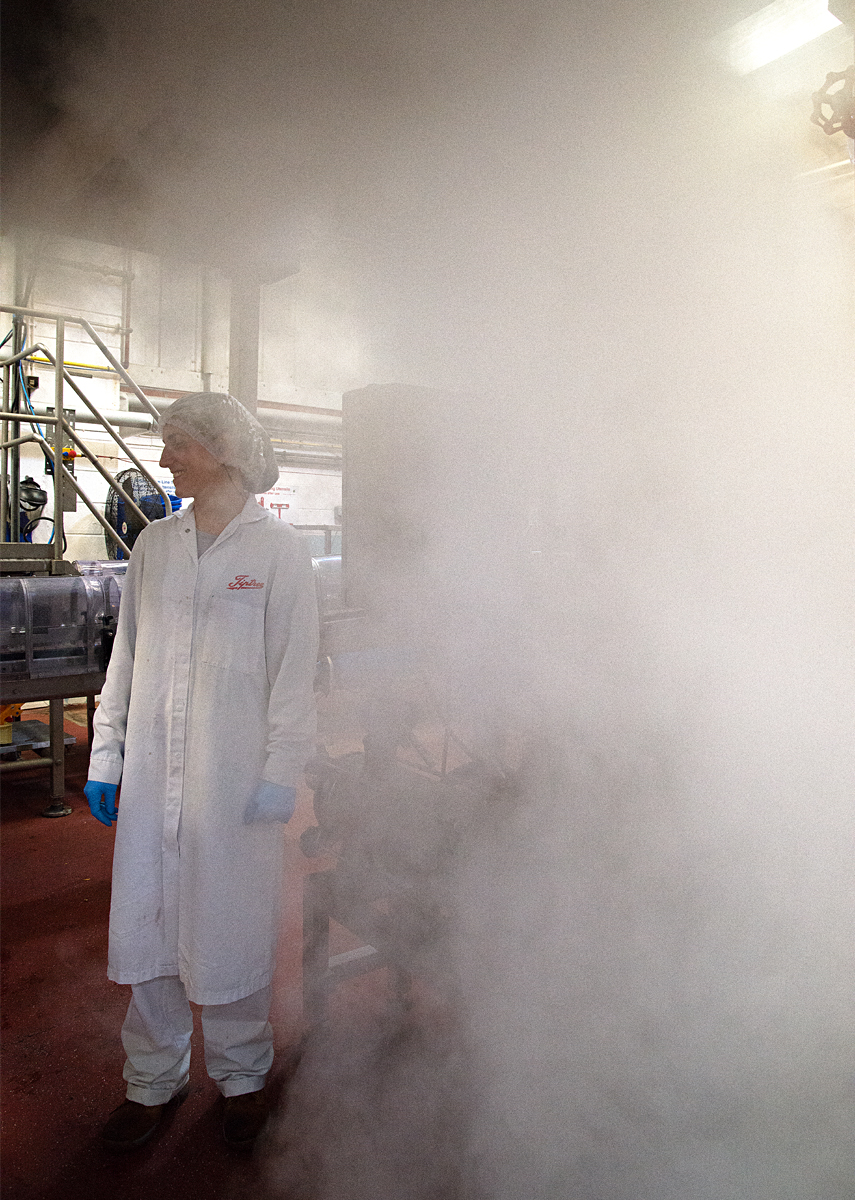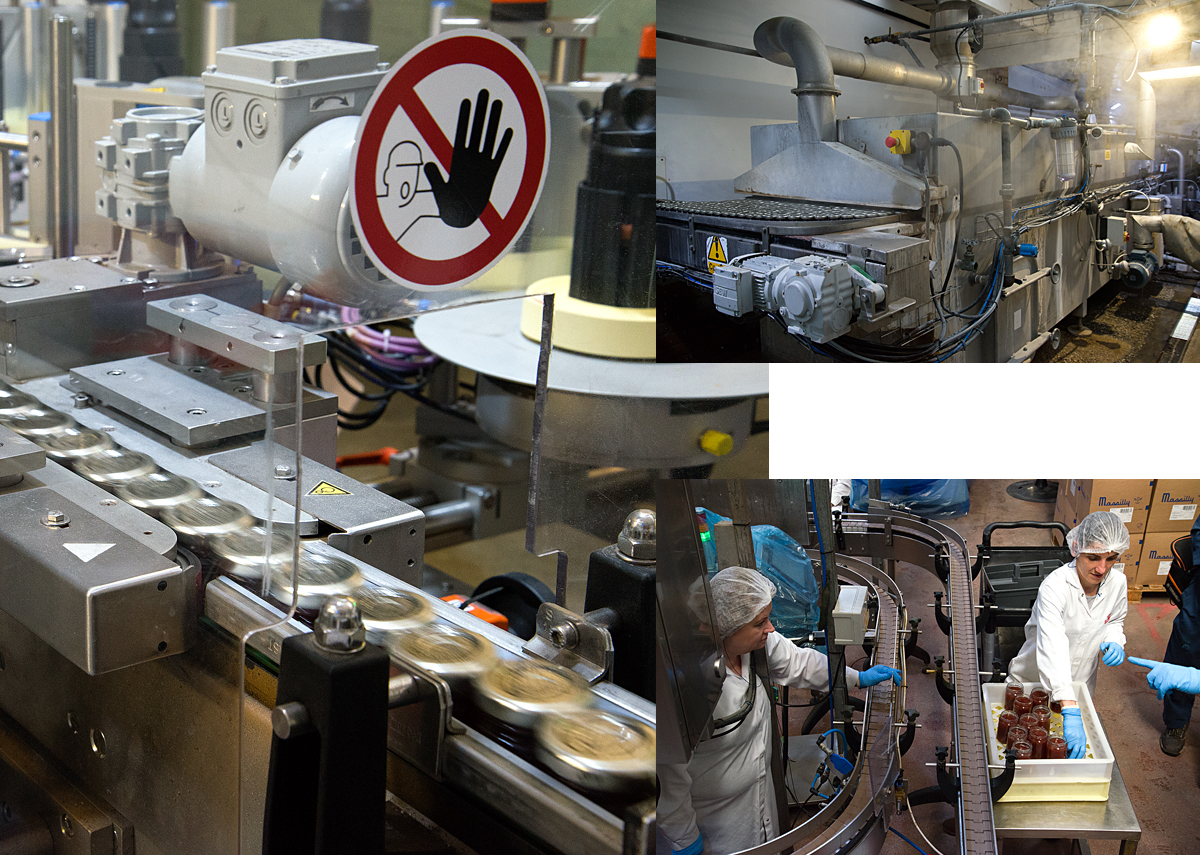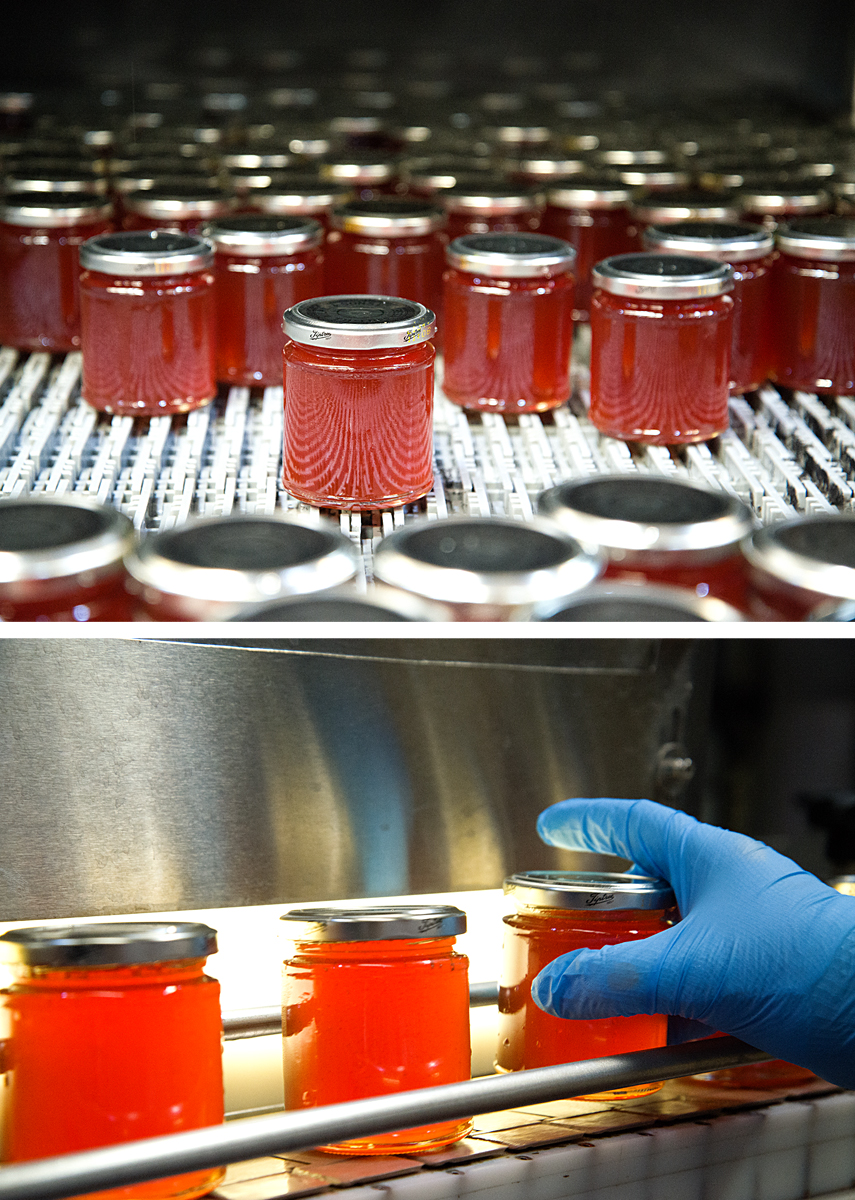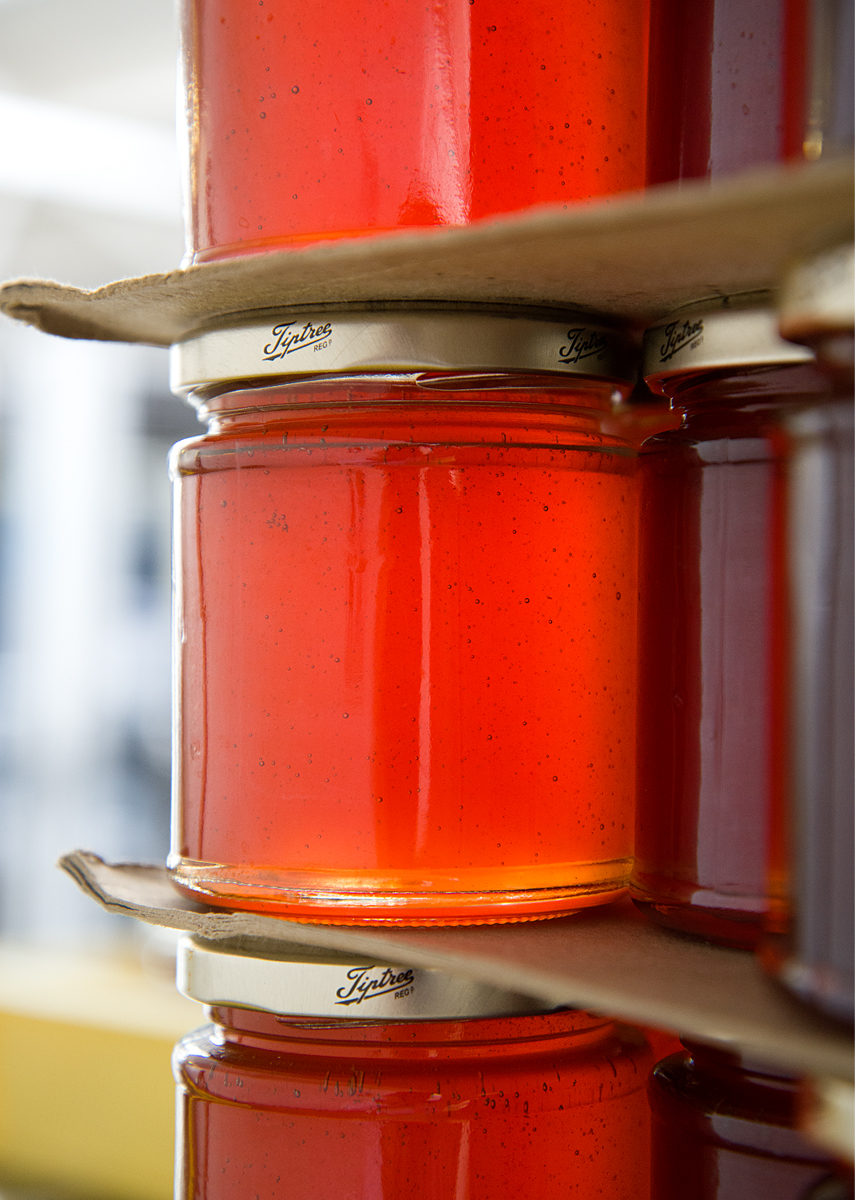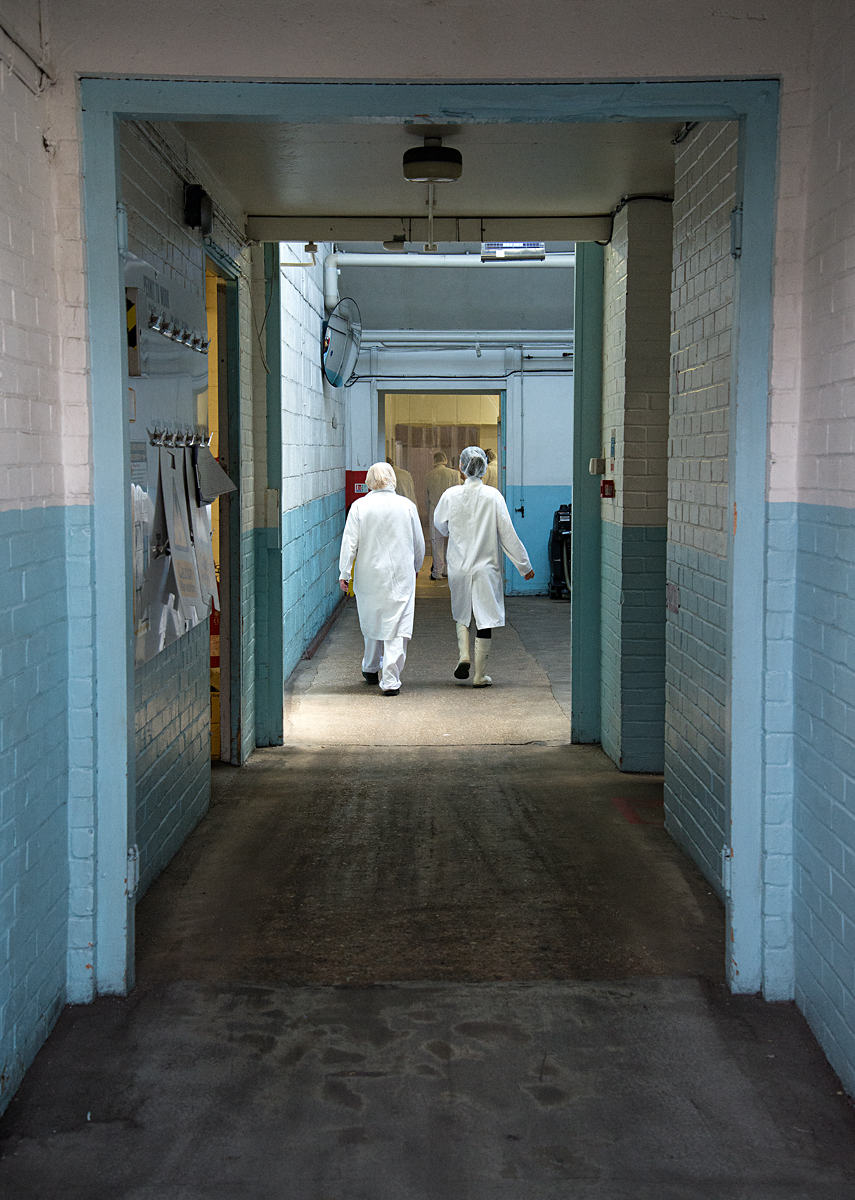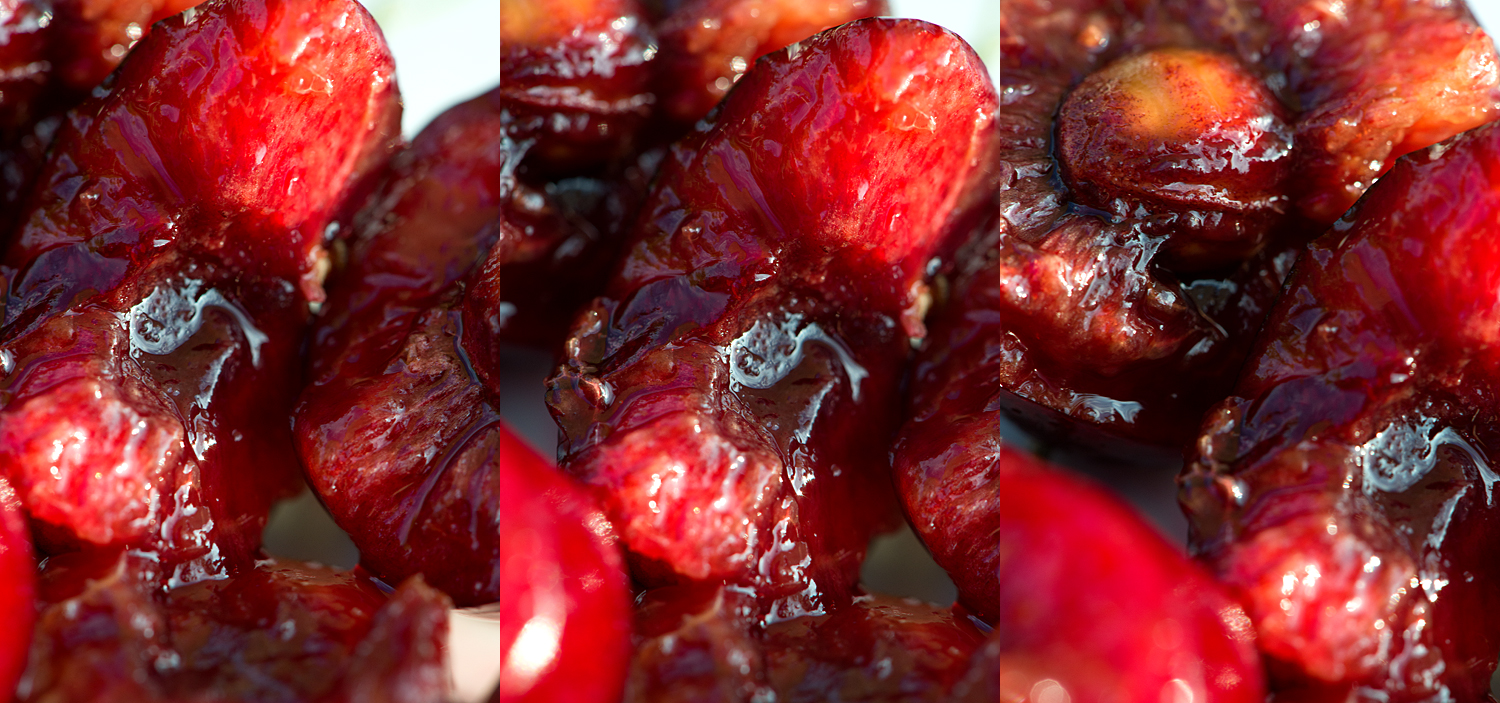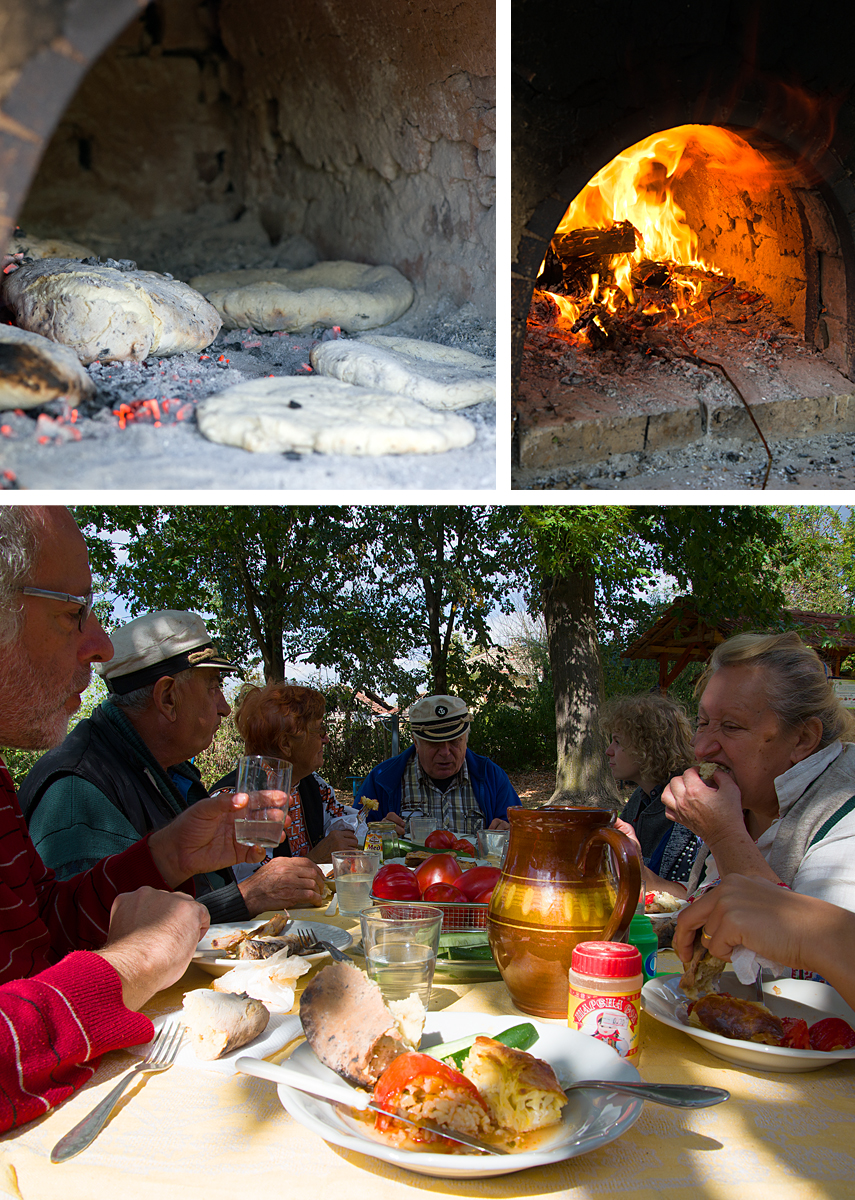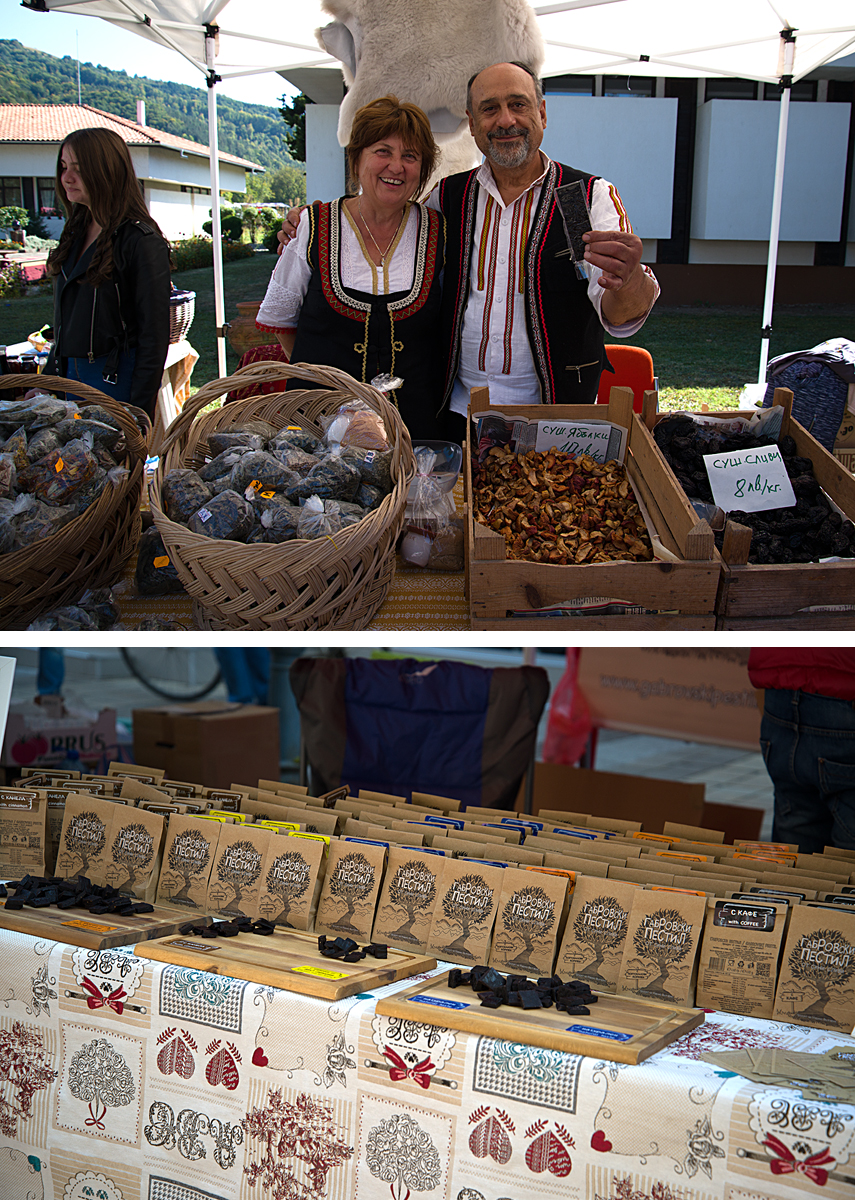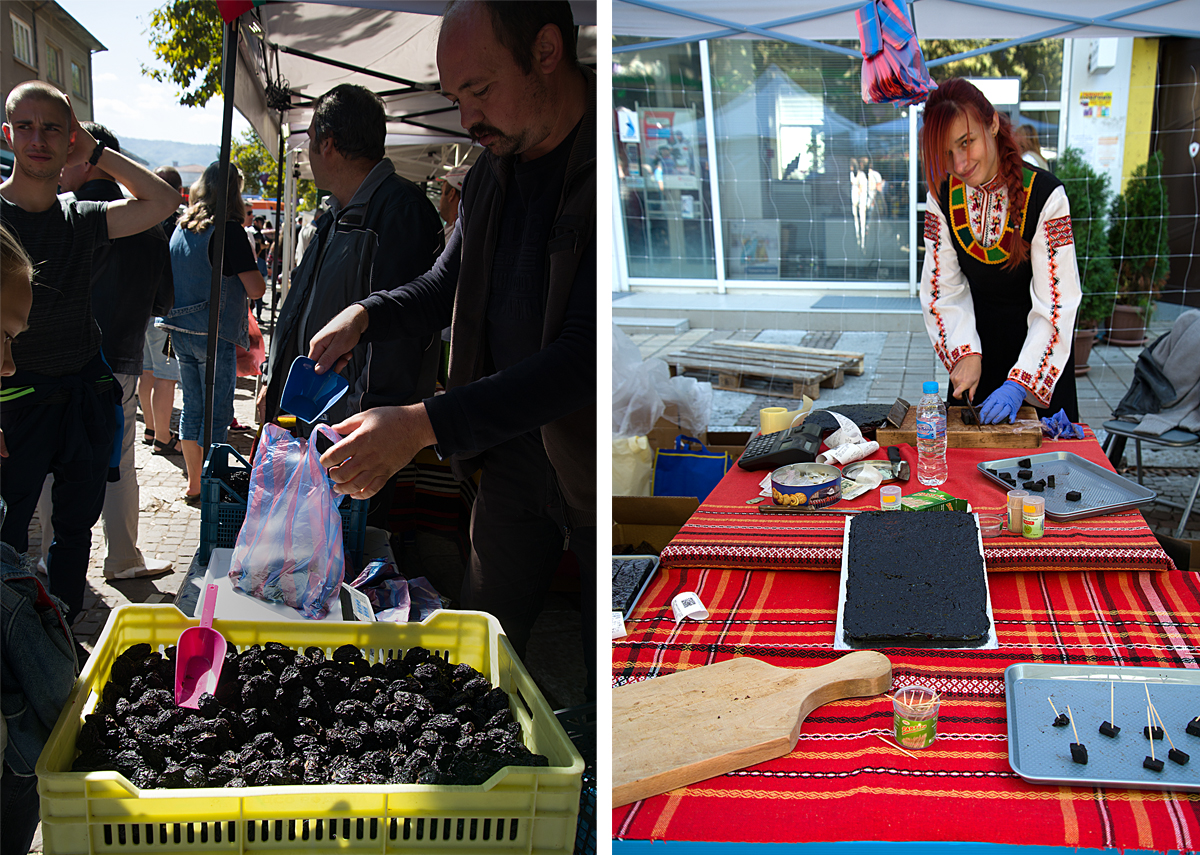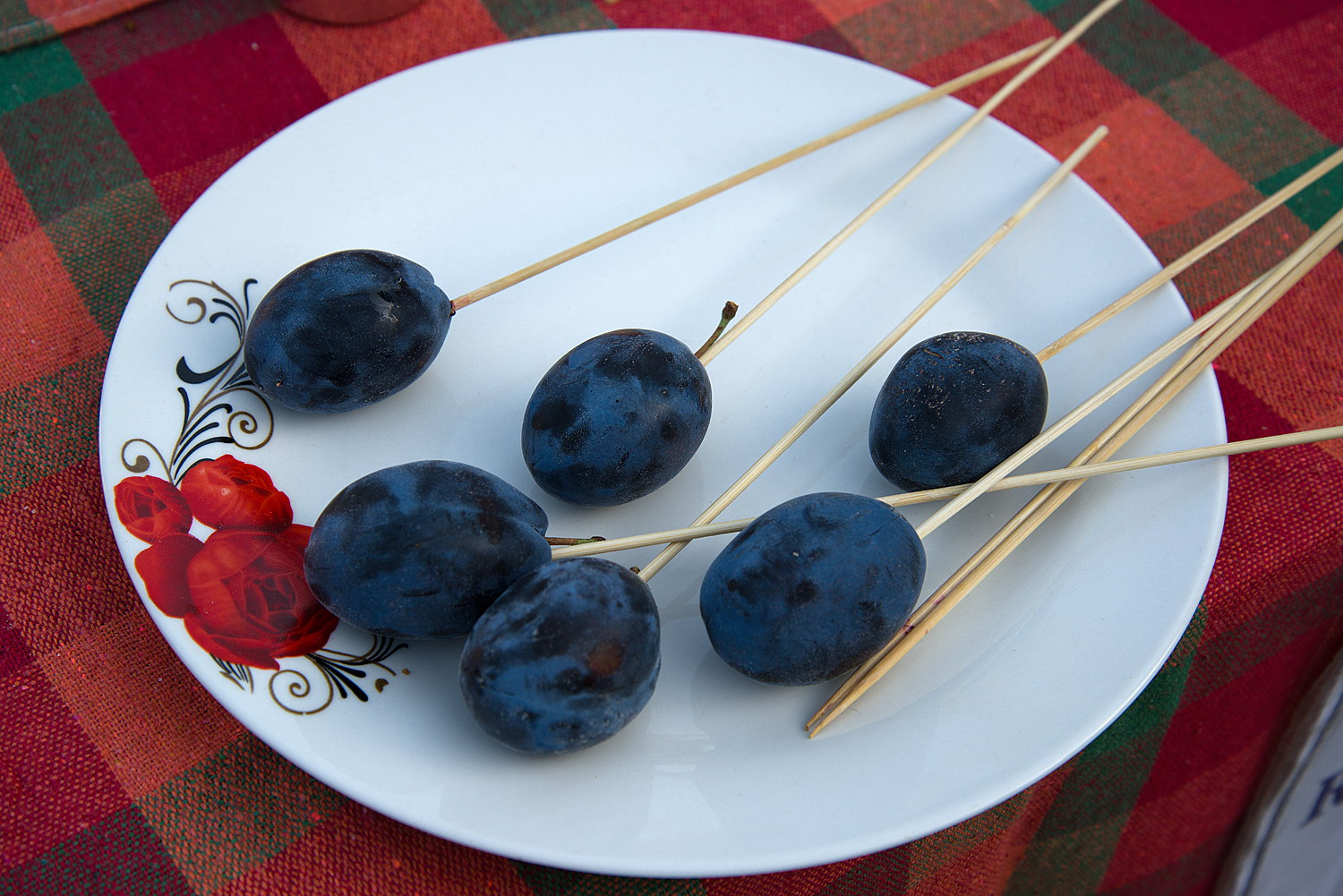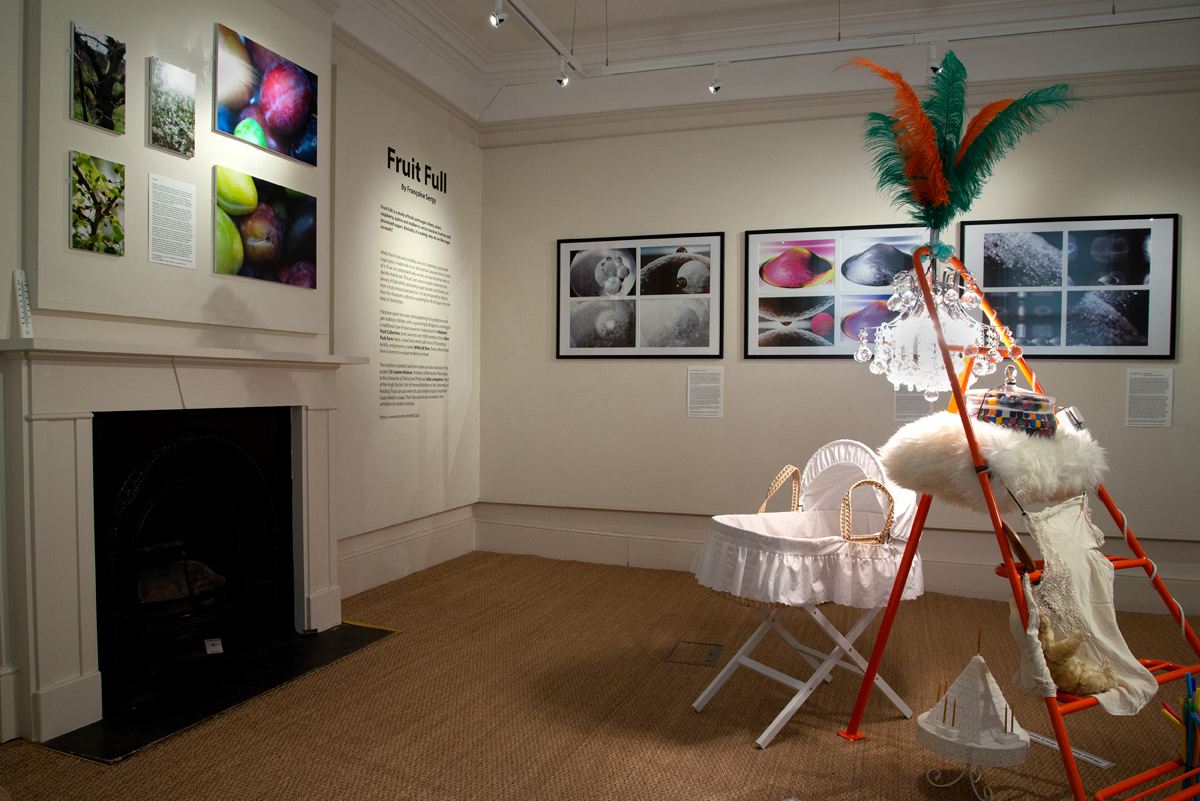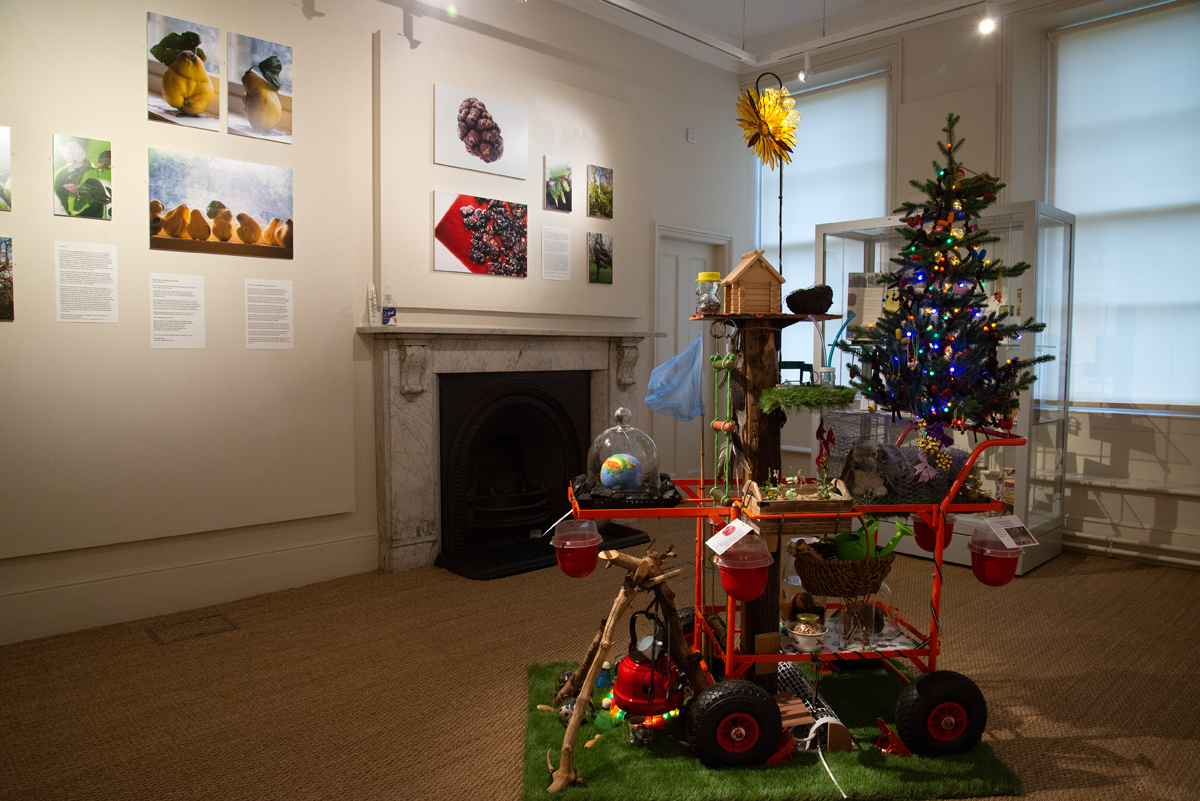preserving fruits
Fresh fruits are seasonal and they don’t last. To prevent them from going to waste, they must be preserved. Many methods have been used over the centuries, with variations across countries and cultures.
In the past, the predominant way of preserving fruits was to dry them. Drastically reducing their water content makes it harder for bacteria and moulds to grow and colonise them. Also, fruits contain sugars and when dried, the amount of sugar in their cells becomes proportionally very high. Bacteria rapidly dehydrate and die in this environment, through the action of osmosis which they are not able to counteract. So sugar in itself is also a preserver.
preservation methods
The invention of canning in the 19th century enabled a new type of preservation. This involves putting the food in a hermetically sealed jar or tin and heating it until all micro-organisms inside are killed off and none are able to enter. The jam era had begun.
Nowadays there are many ways of preserving foods but drying and canning methods remain central to the process, as is the importance of sugar.
To add or not to add sugar, that is the question. Here are two answers, one from Britain and the other from Bulgaria.
more information
To discover the five fruits celebrated here, go to these pages:
Fruits 1 (plums and cherries), Fruits 2 (raspberries, quinces and mulberries)
To discover how fruits are grown, go to: Farms
For an overview of this art and science project, go to: Fruit Full home page
You can download the following texts, as pdf documents:
Fruits Talk is about fruits and the origins of fruit farming.
Five Fruits is a longer text about the five fruits featured.
